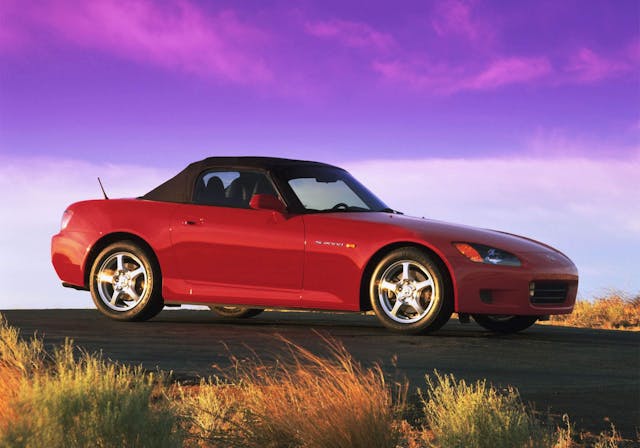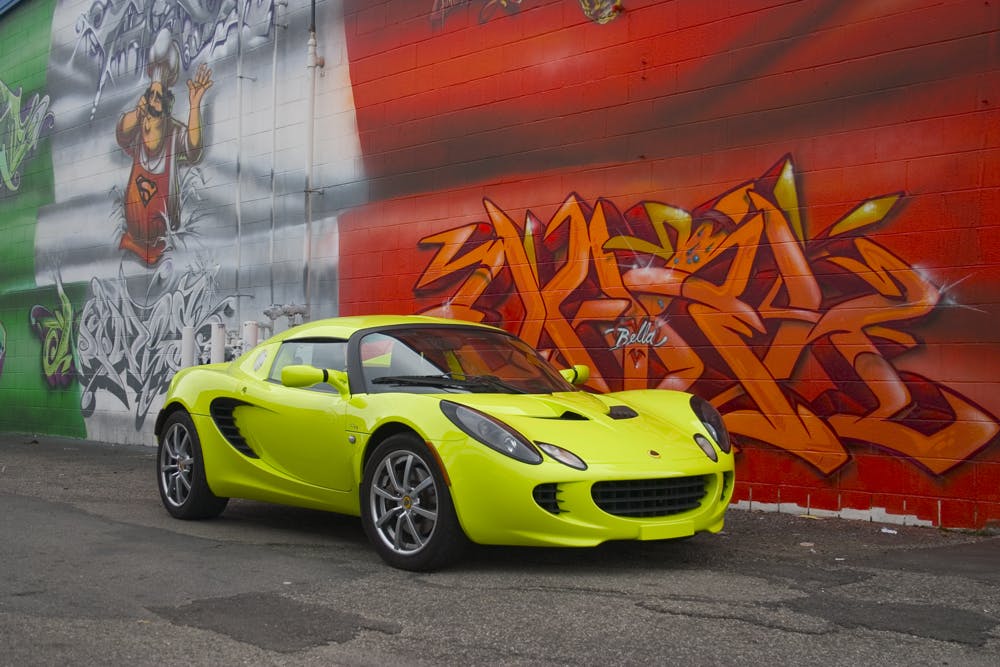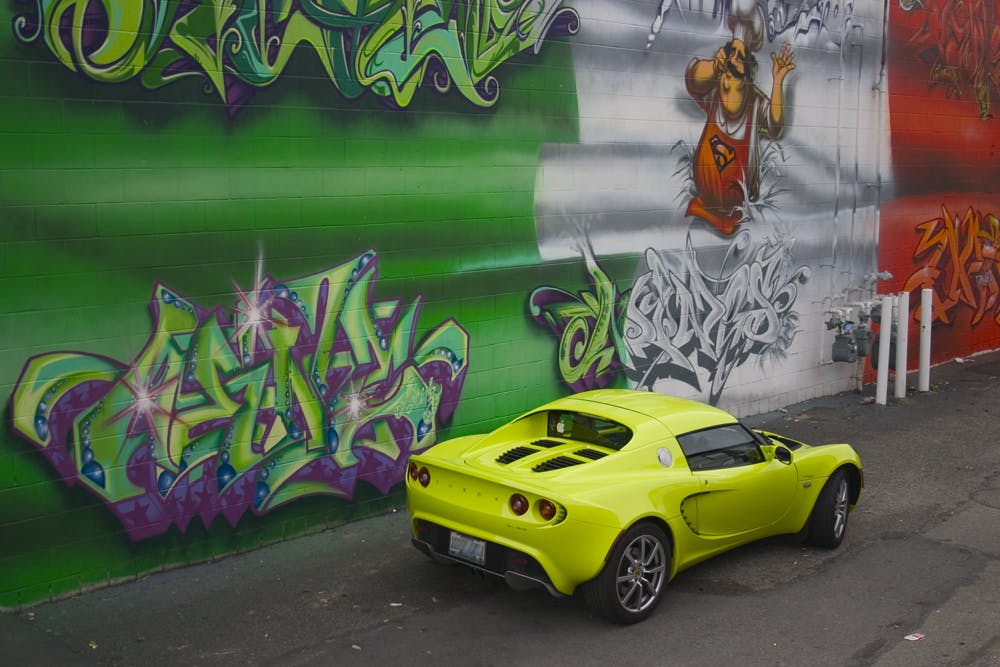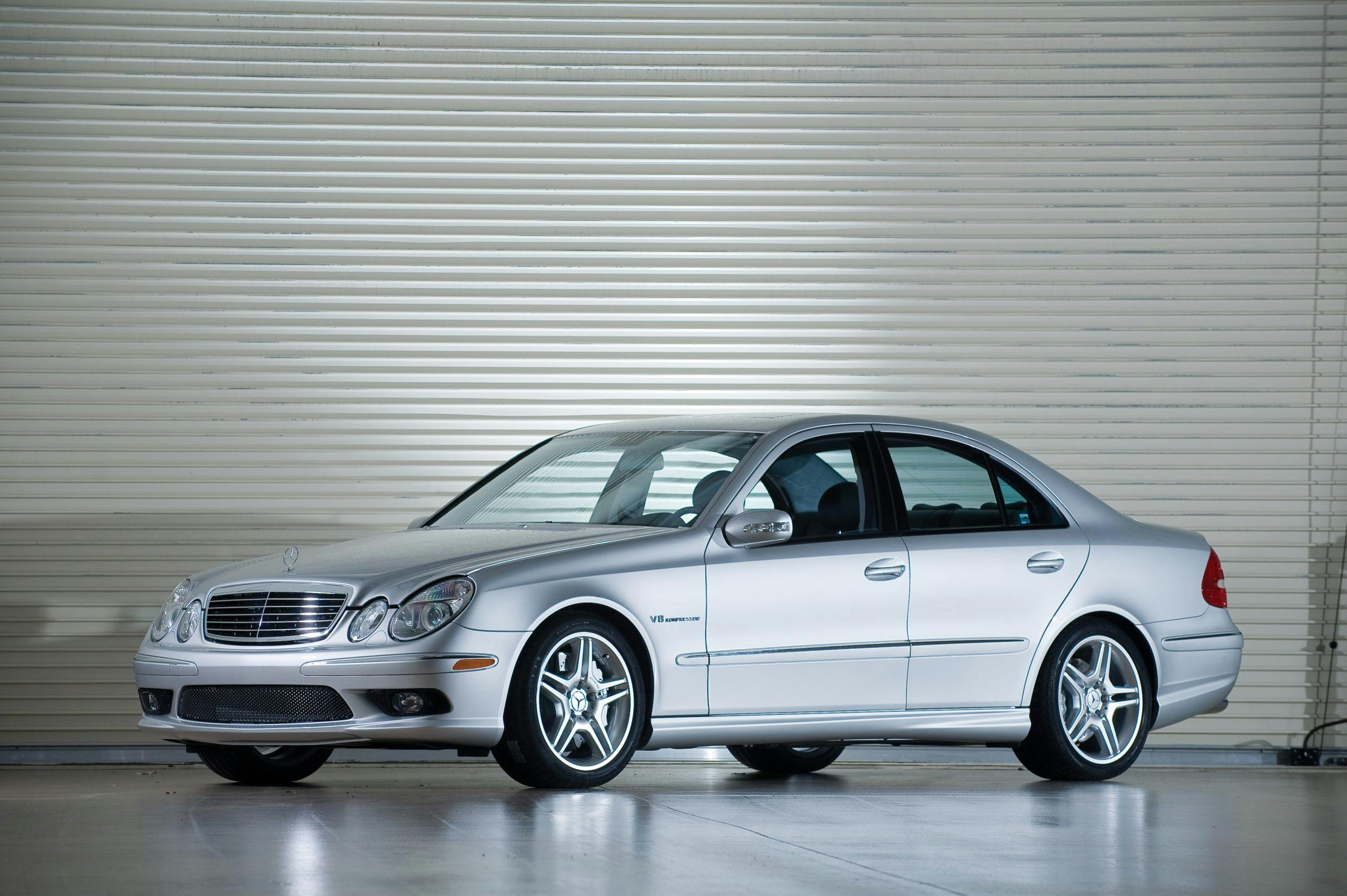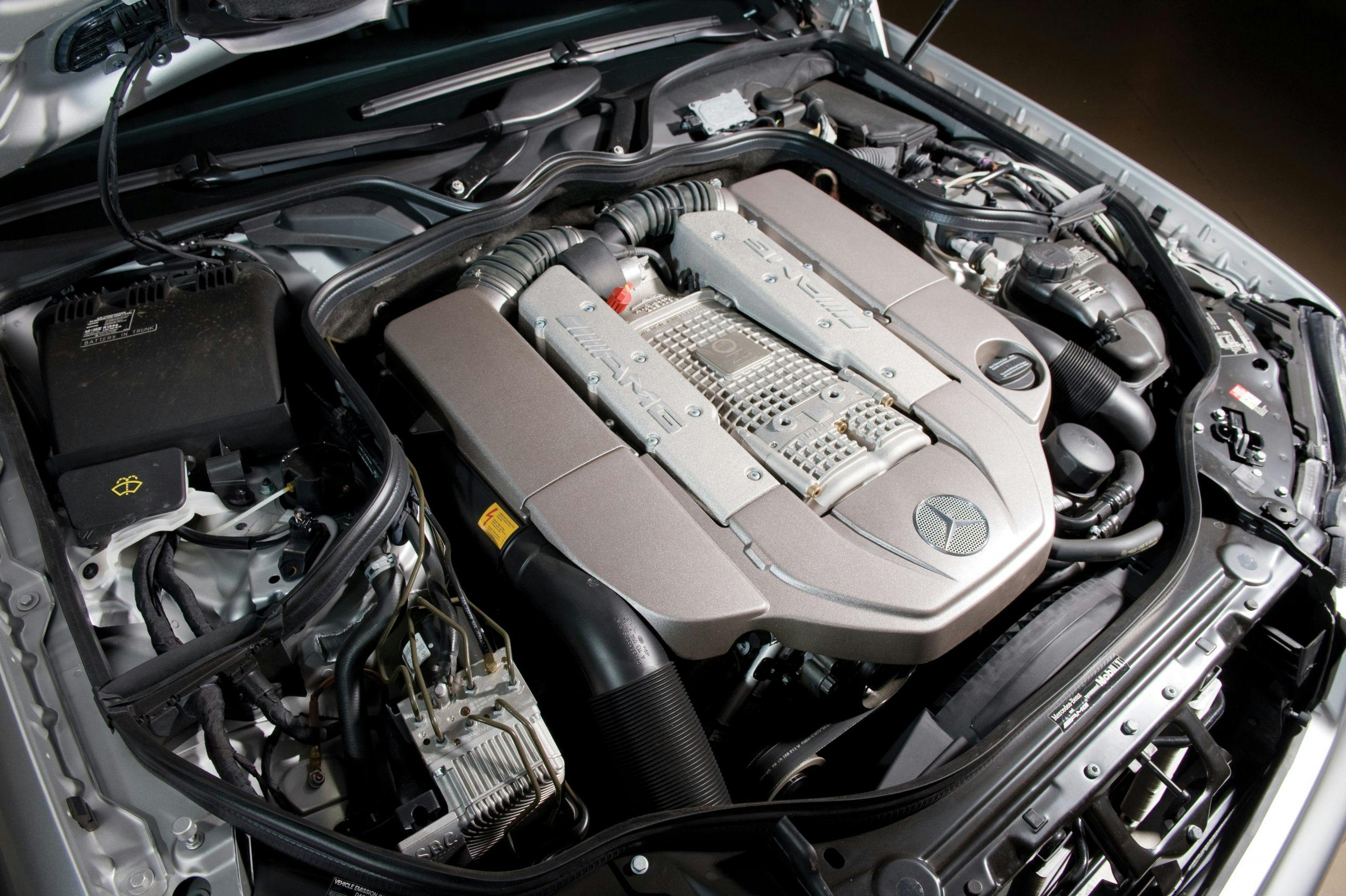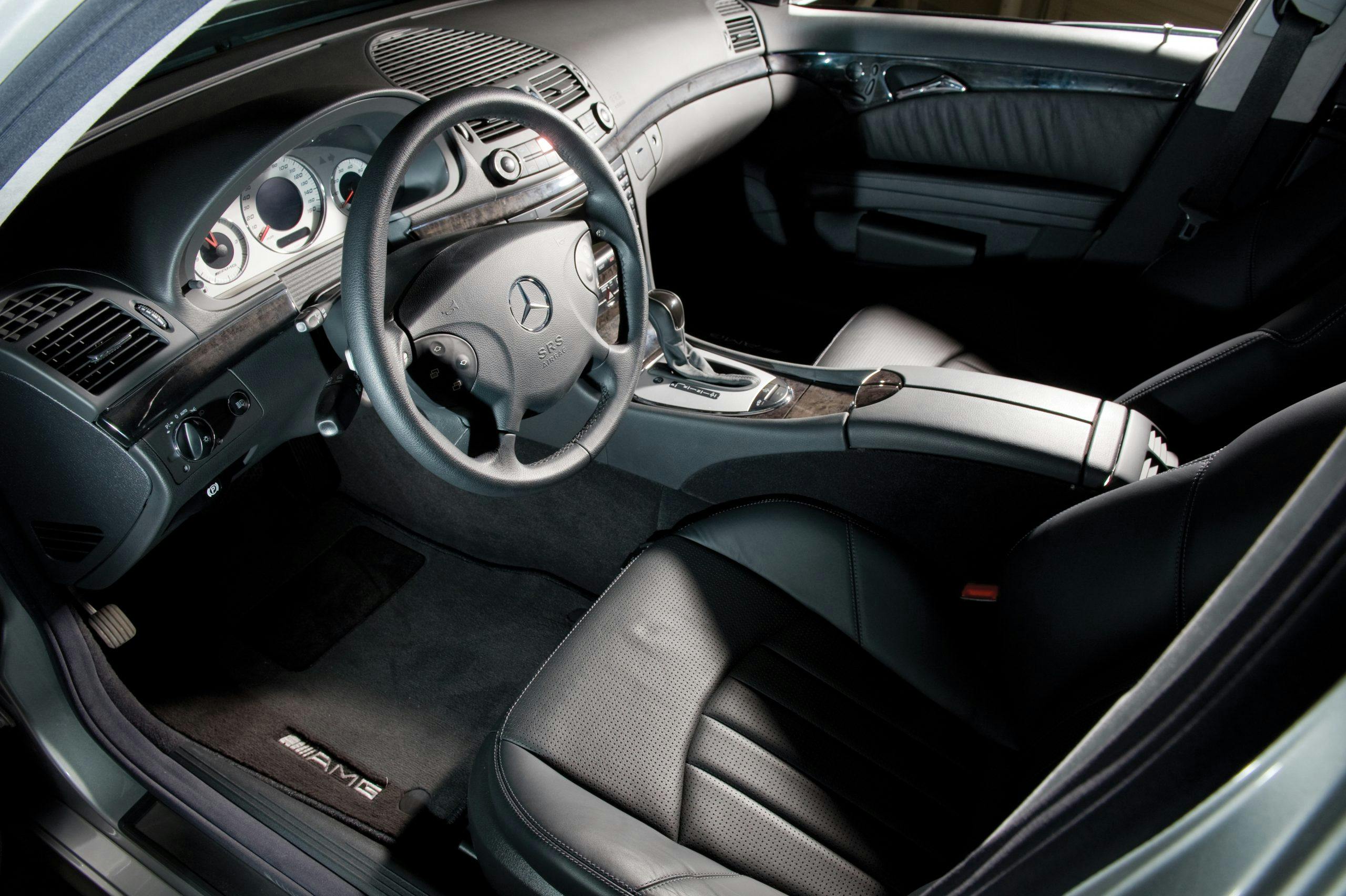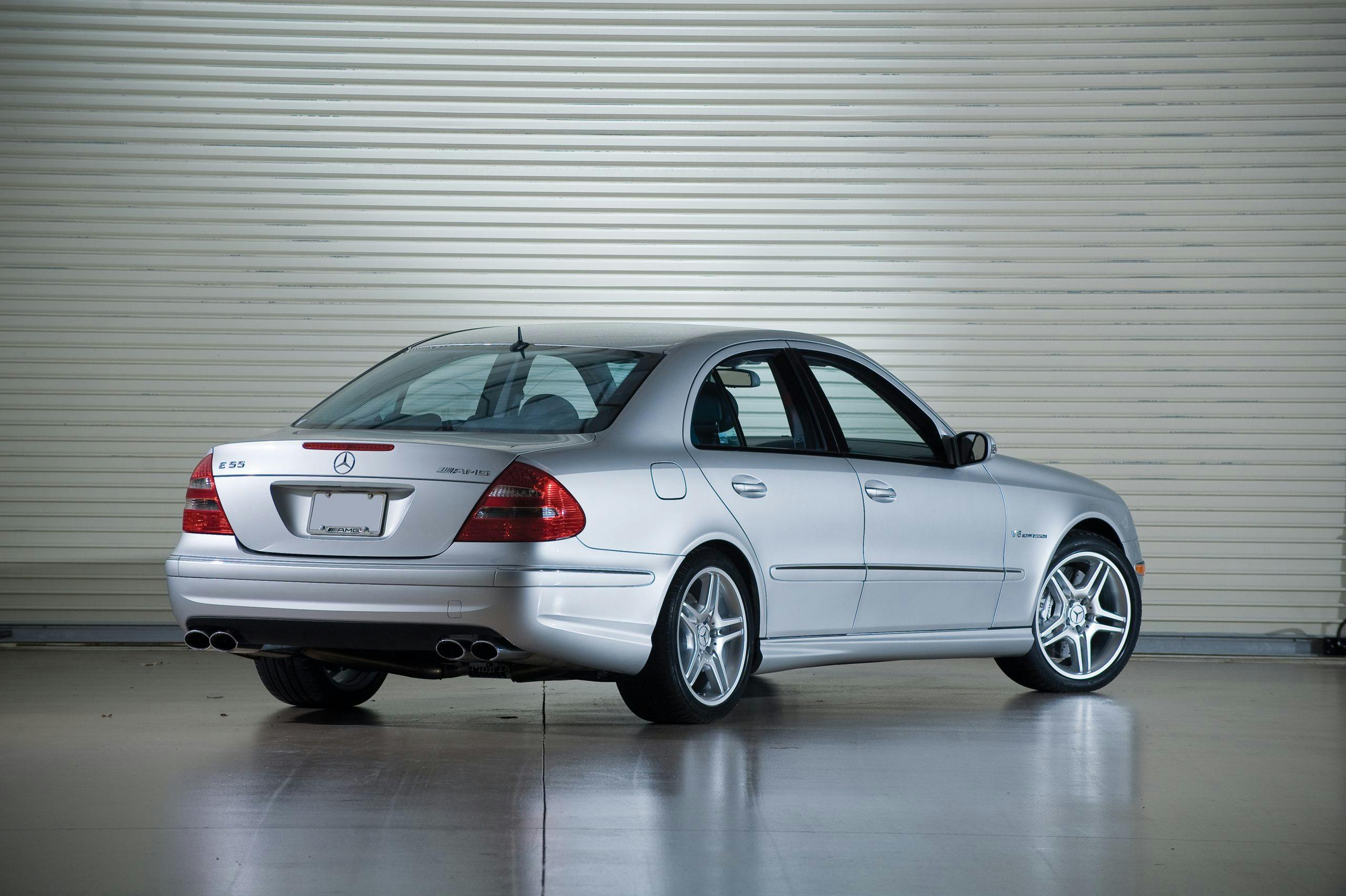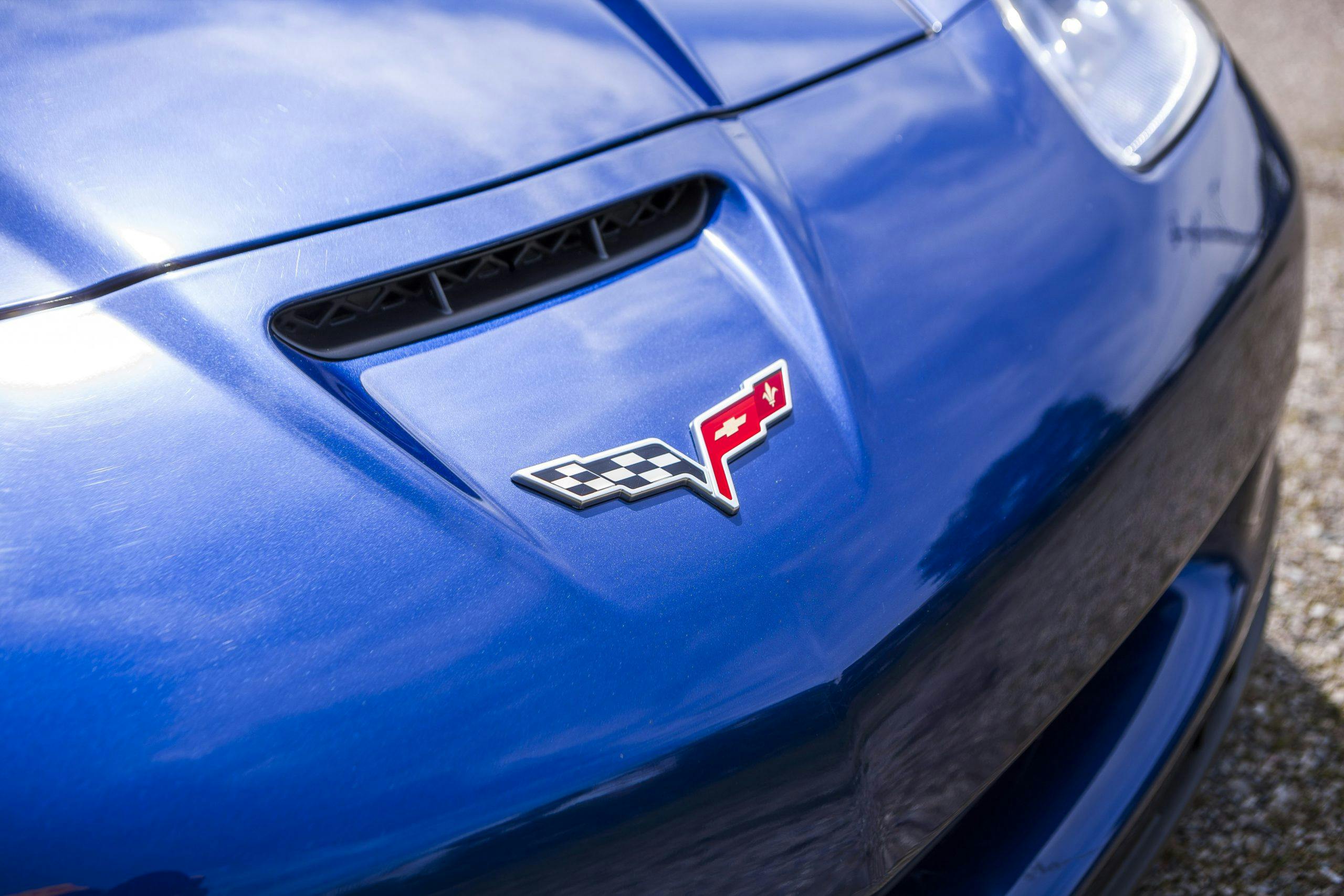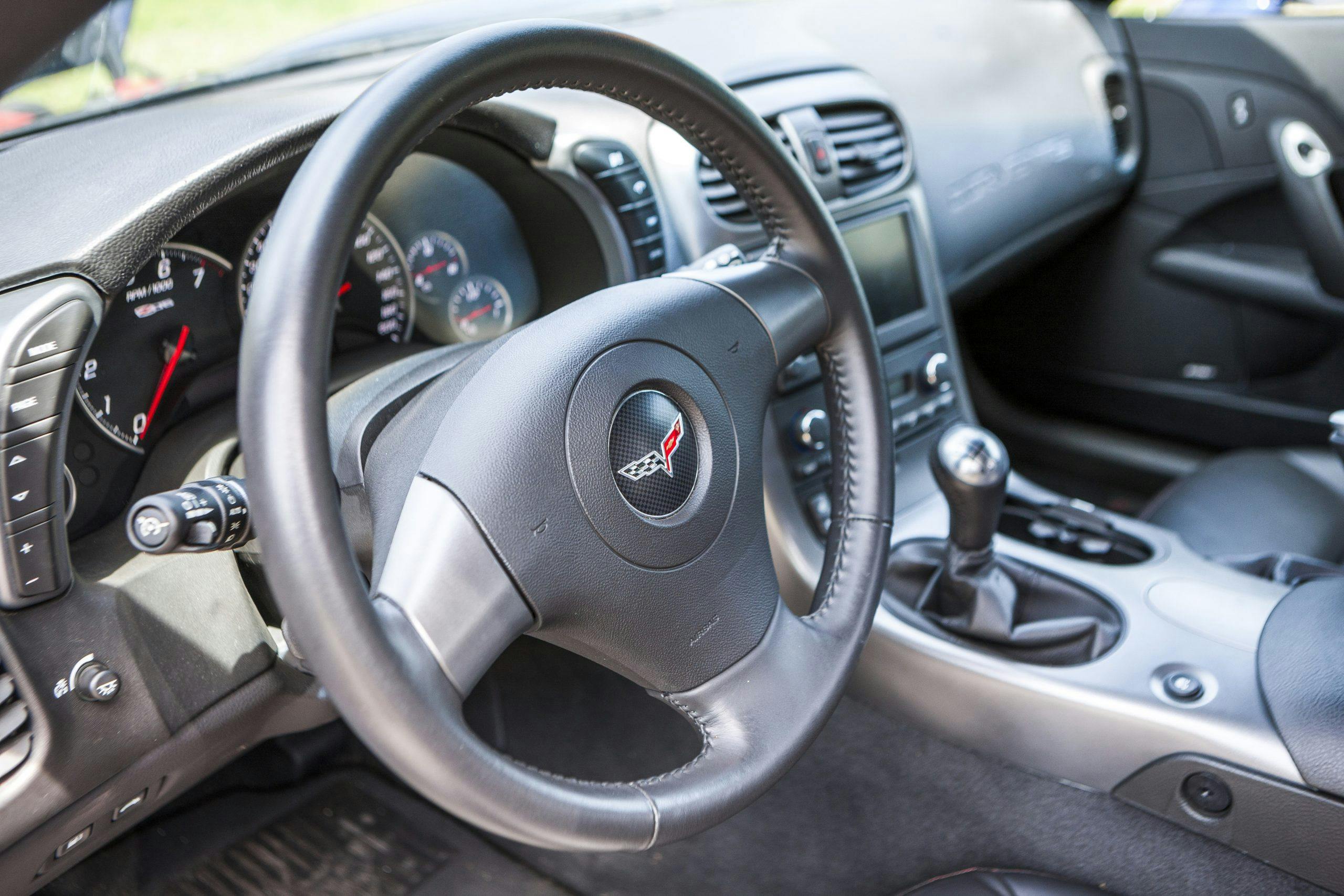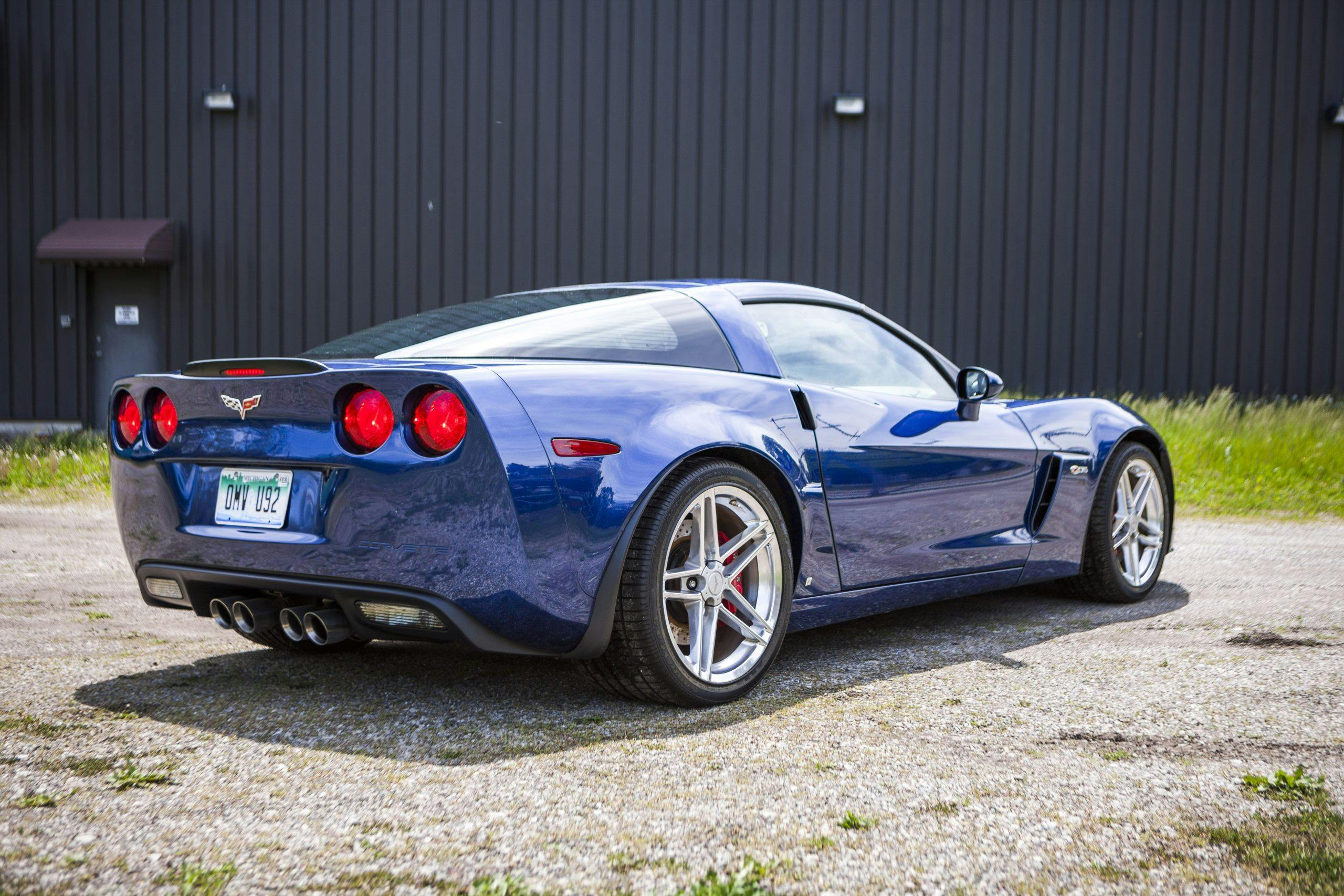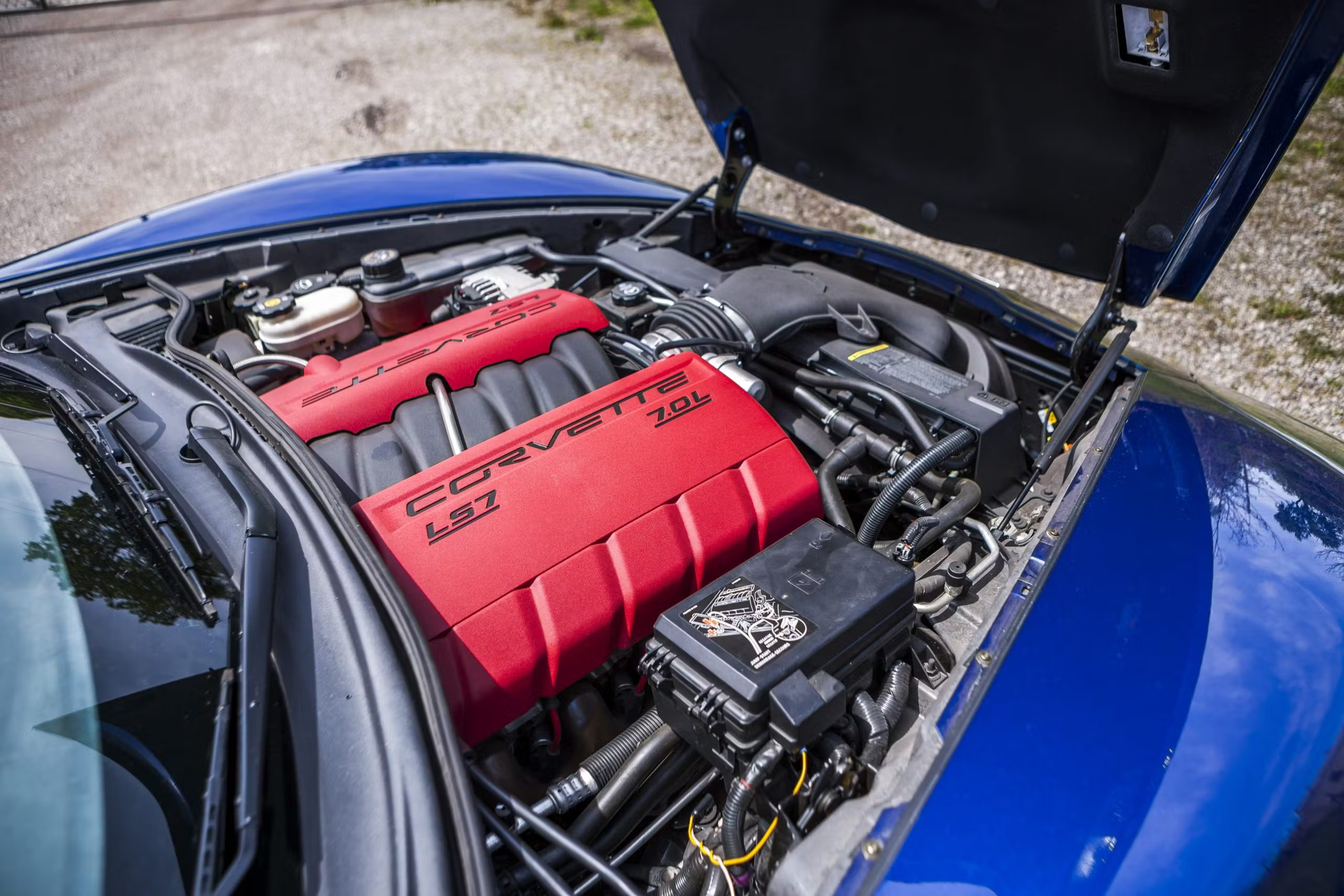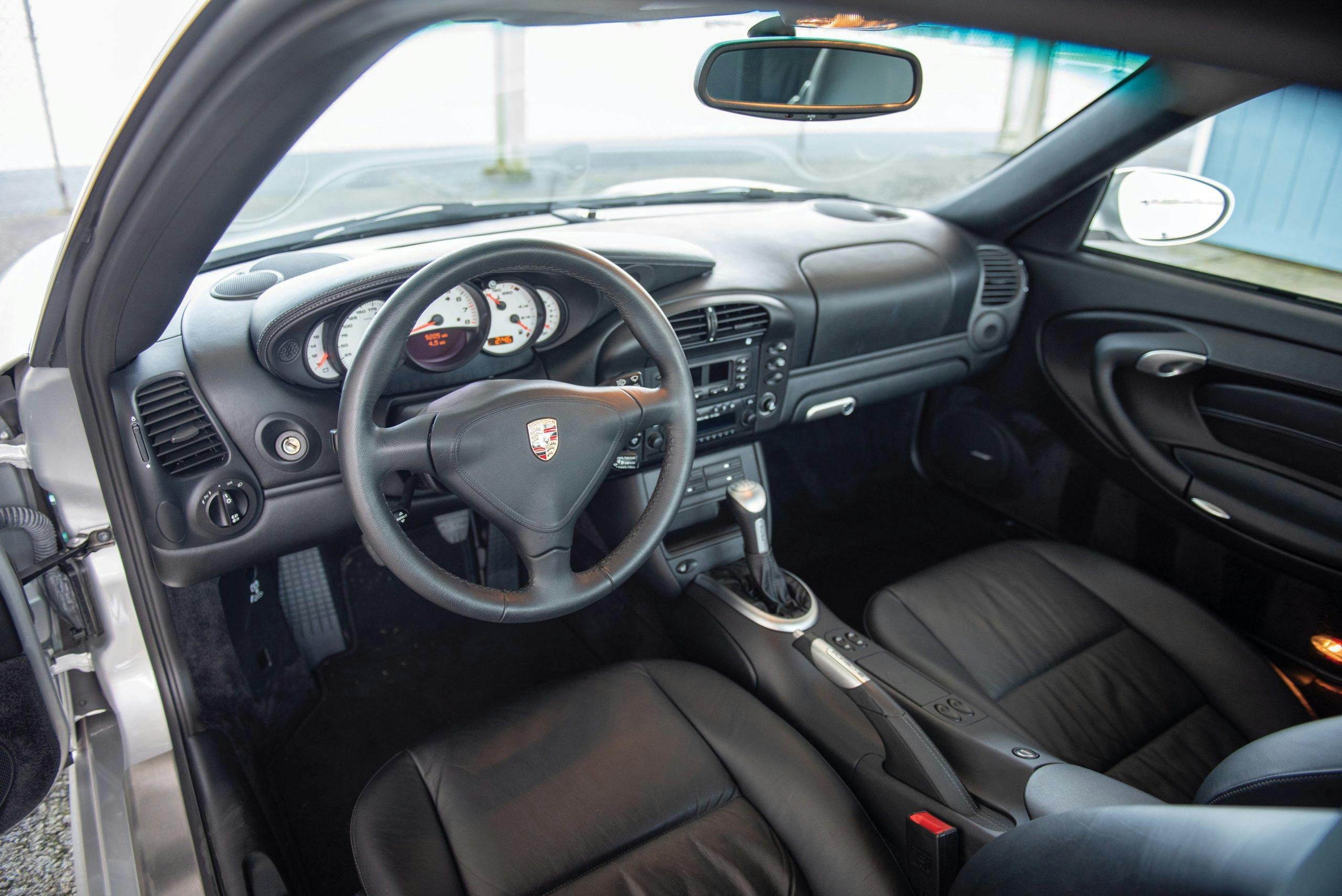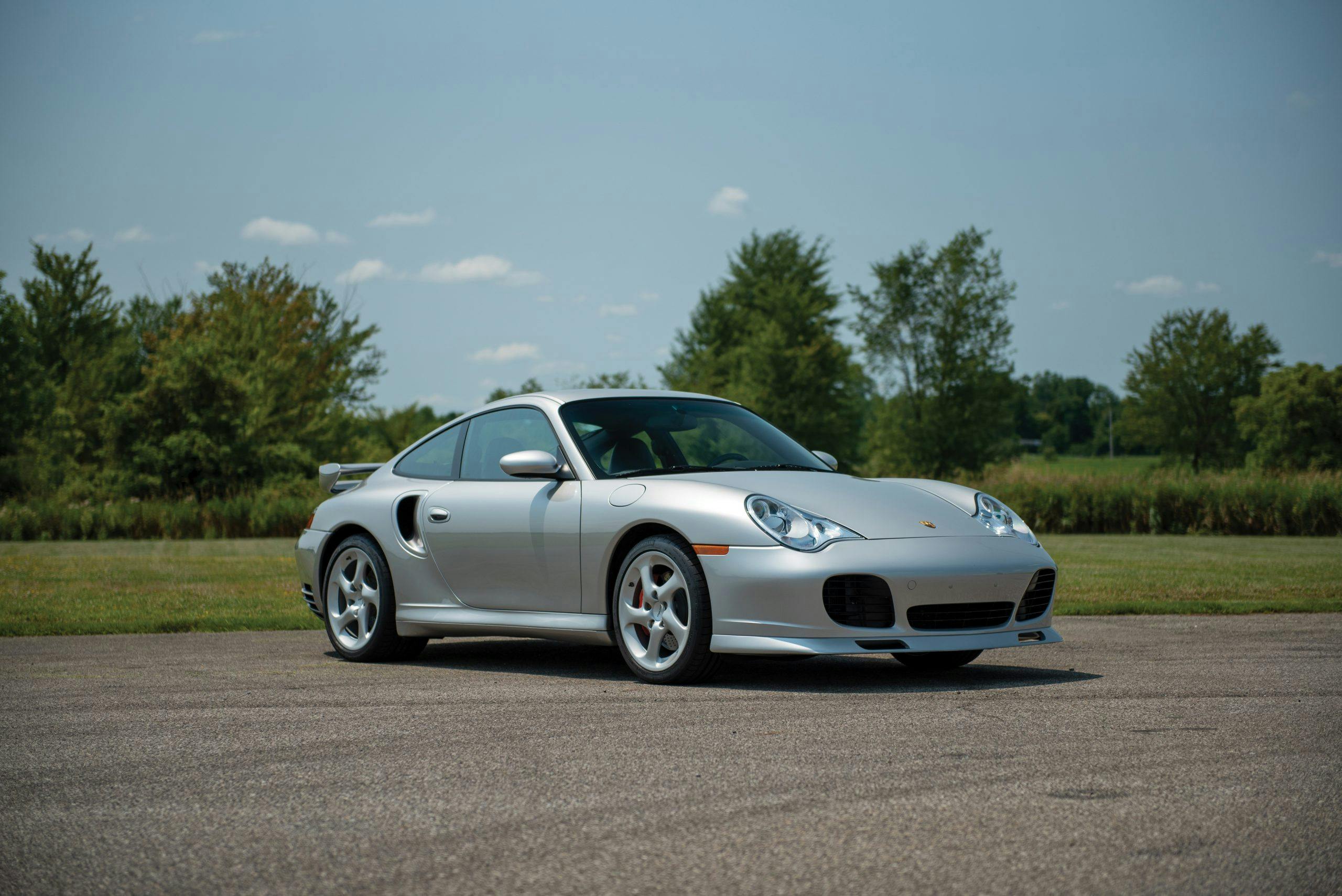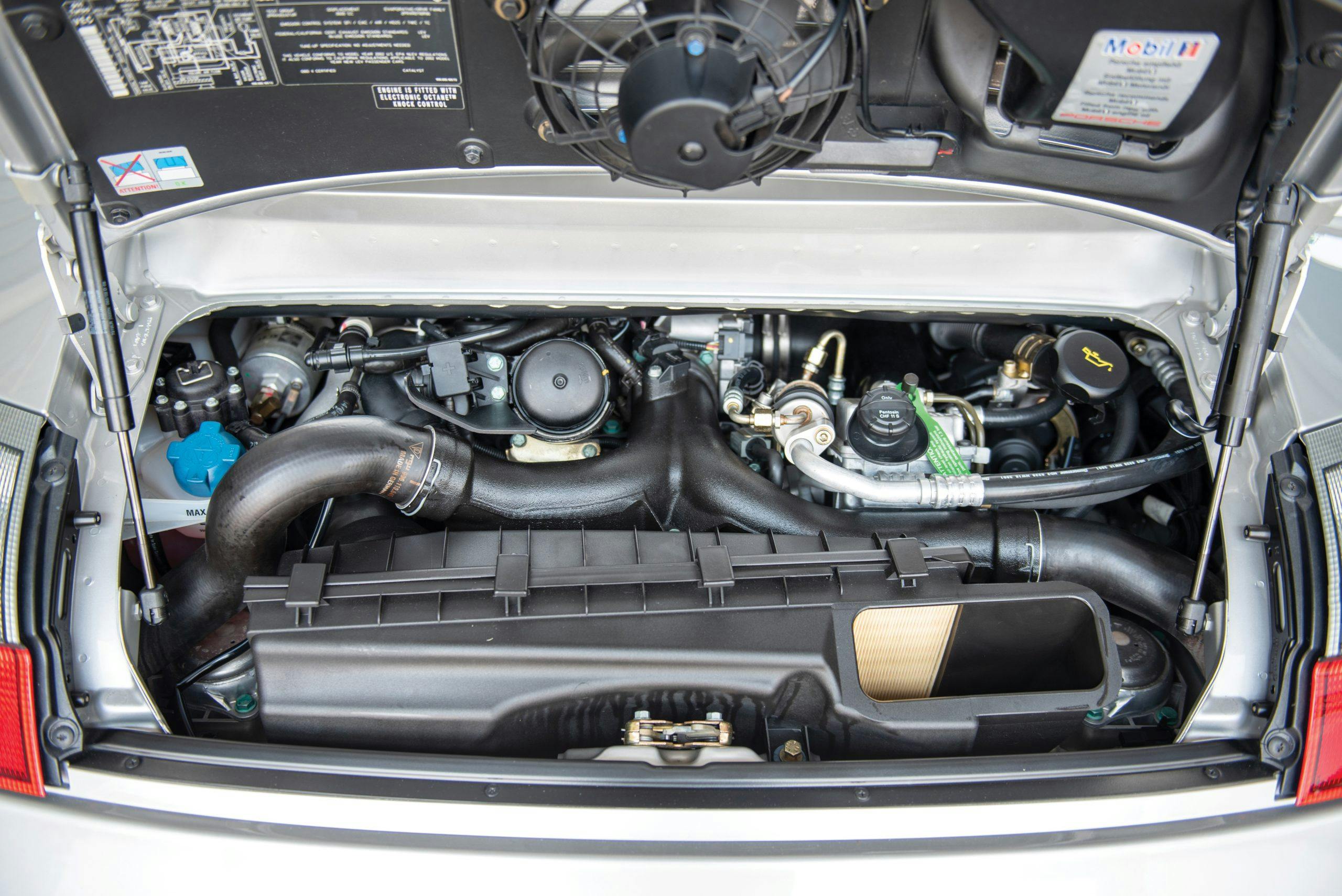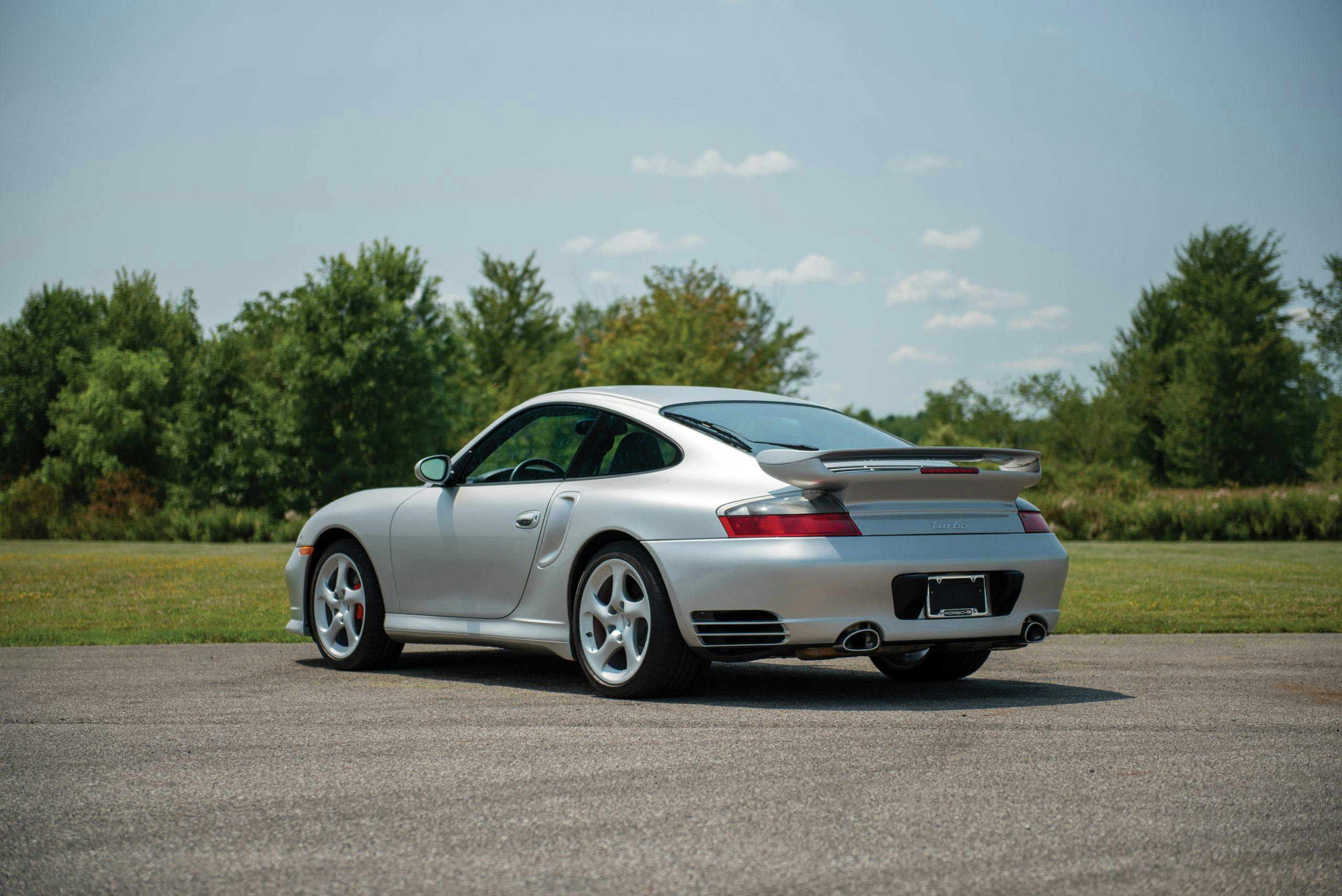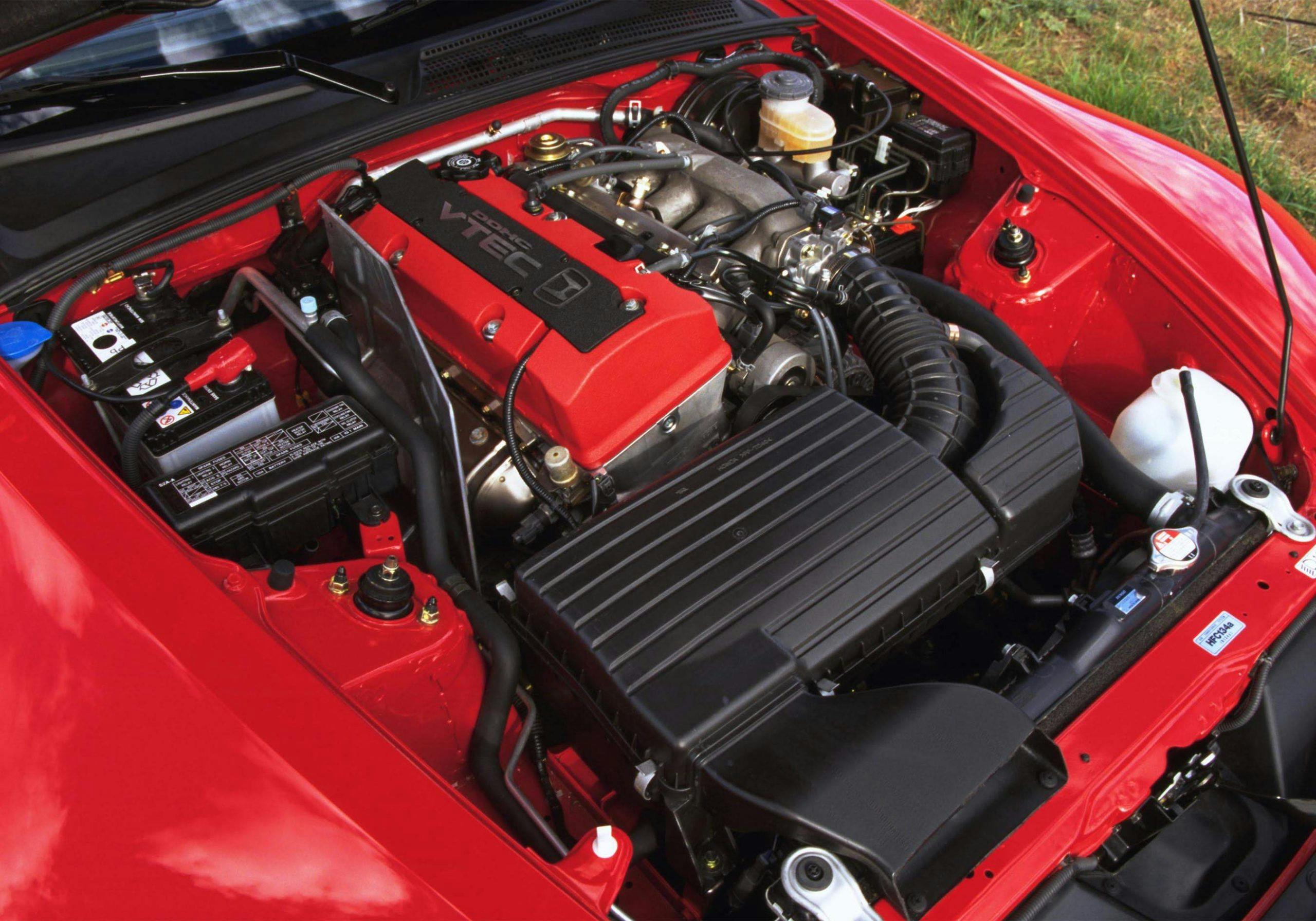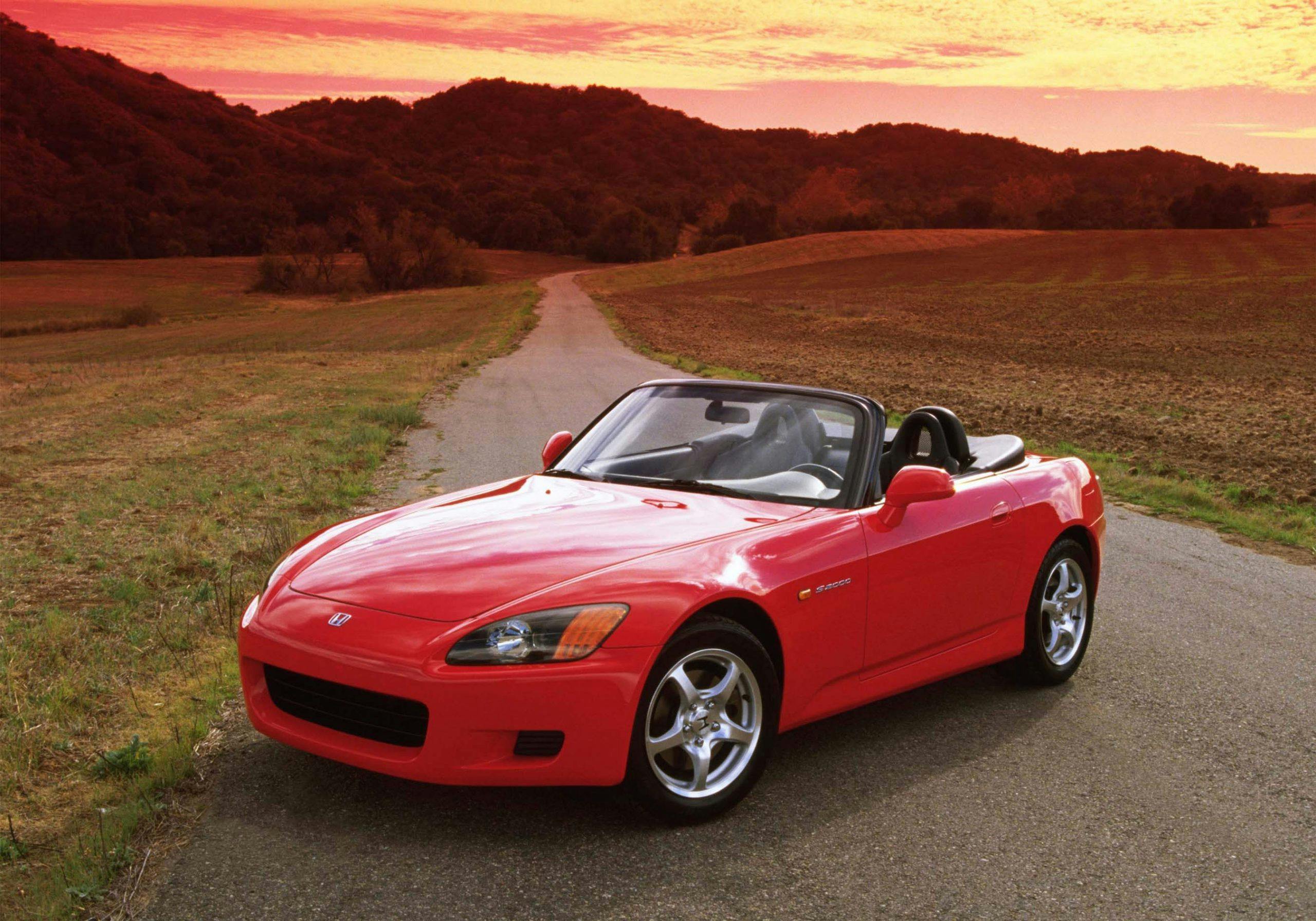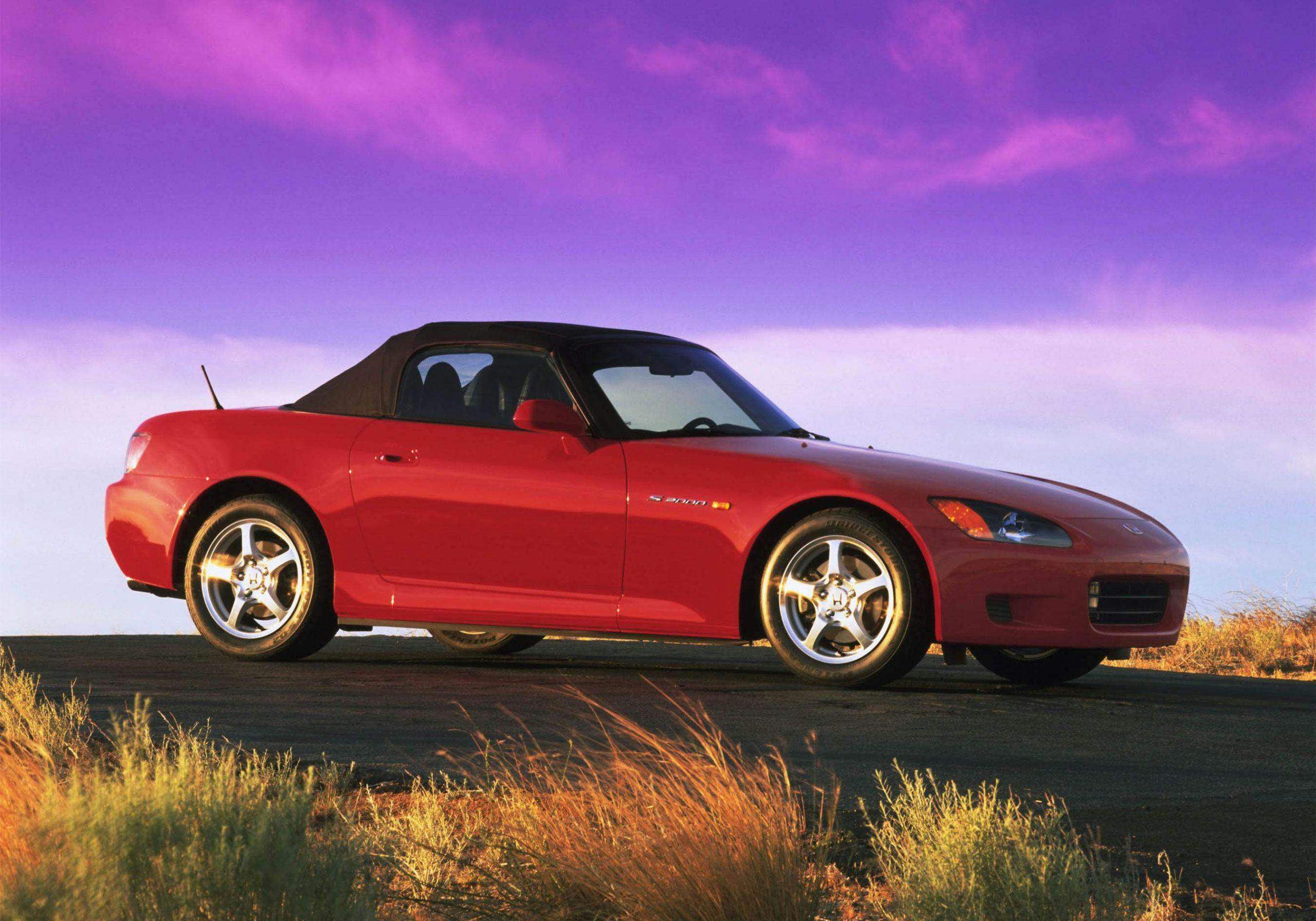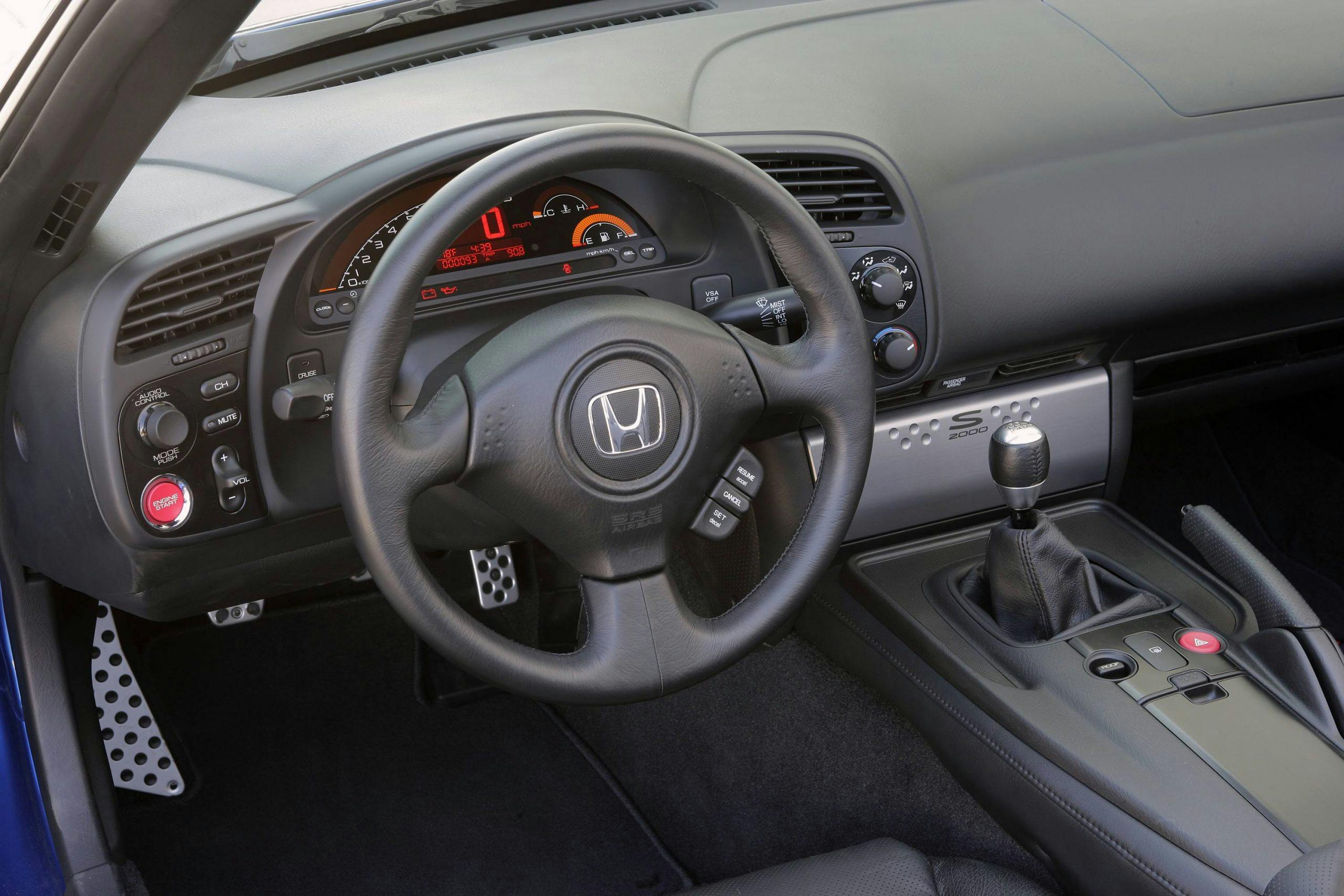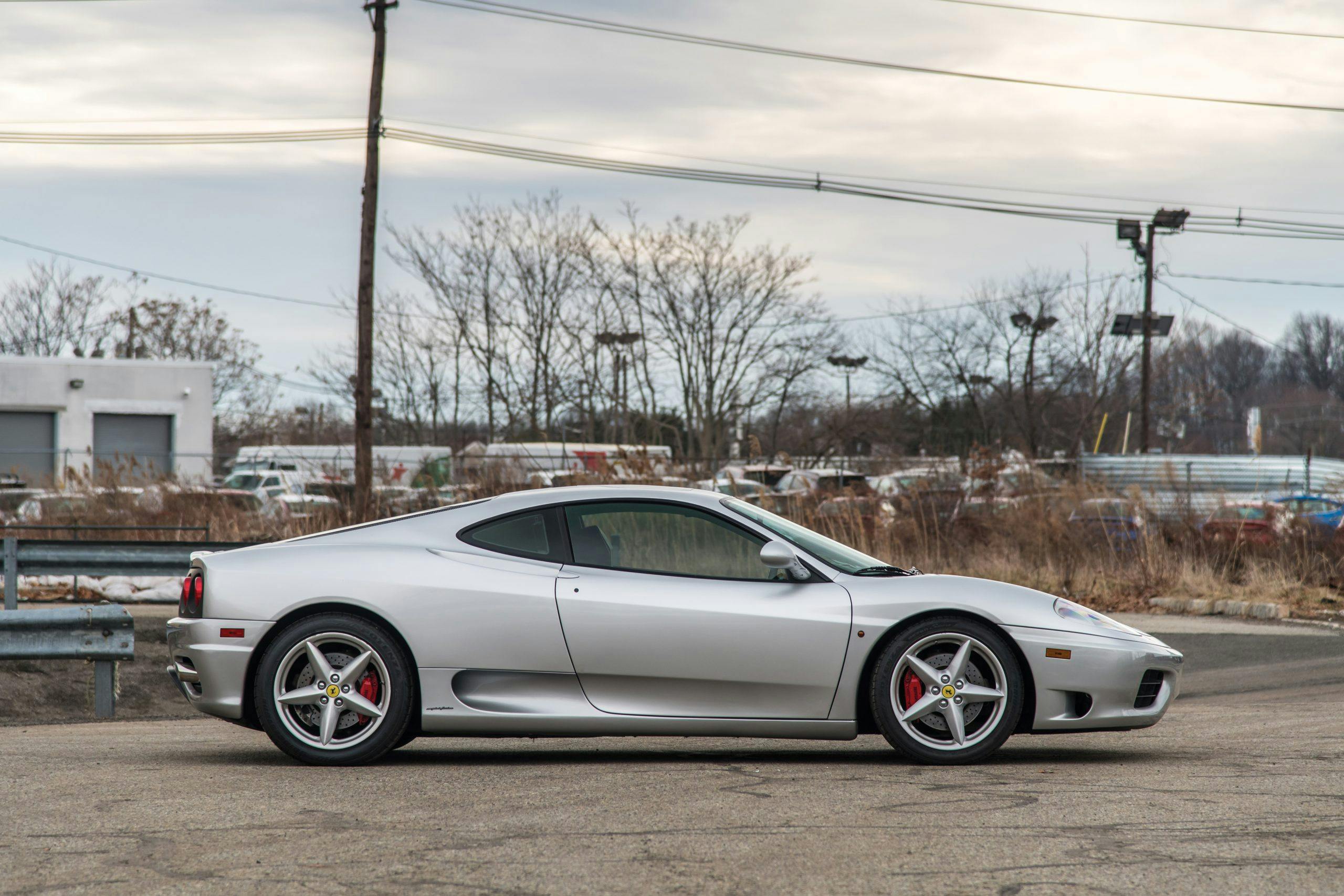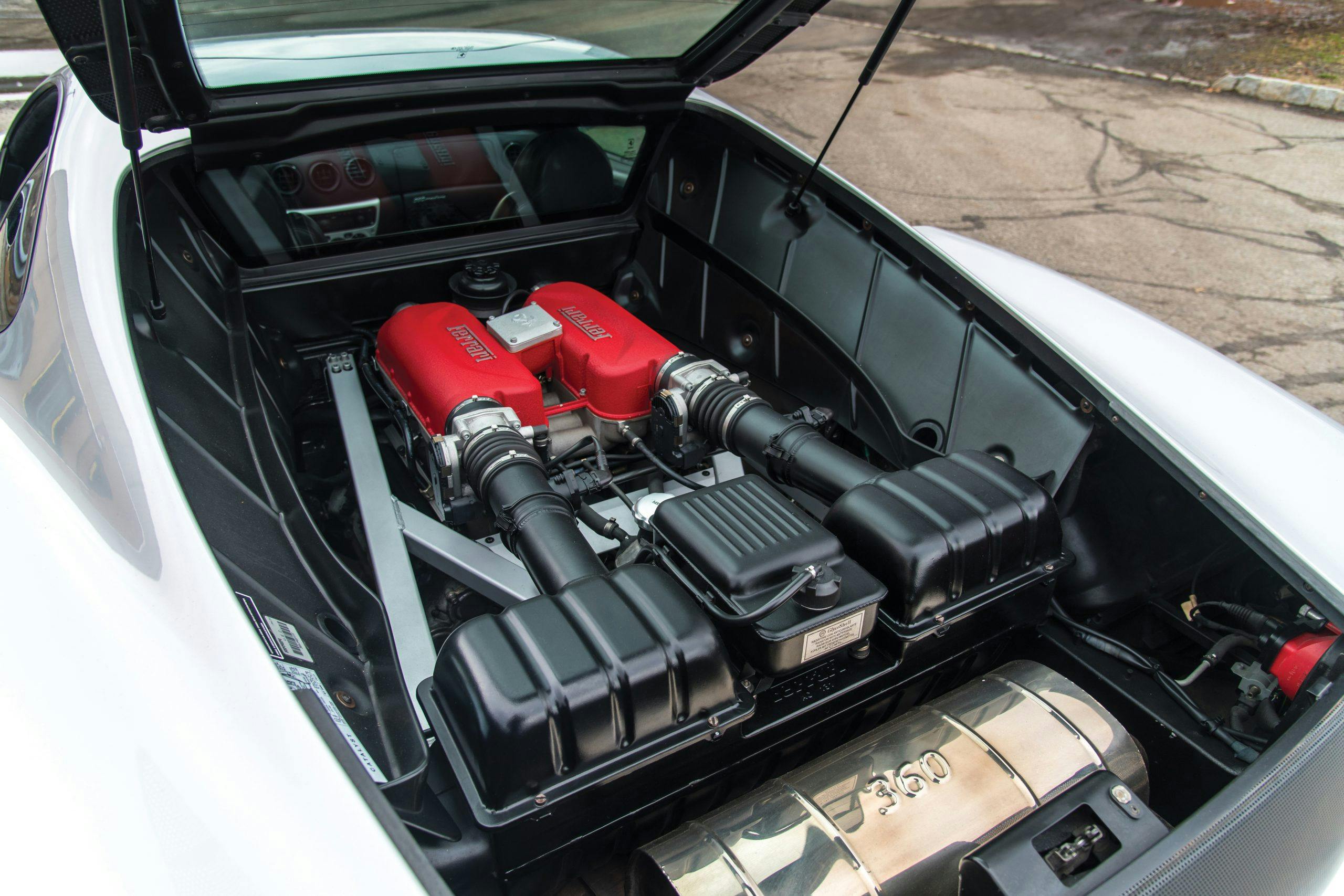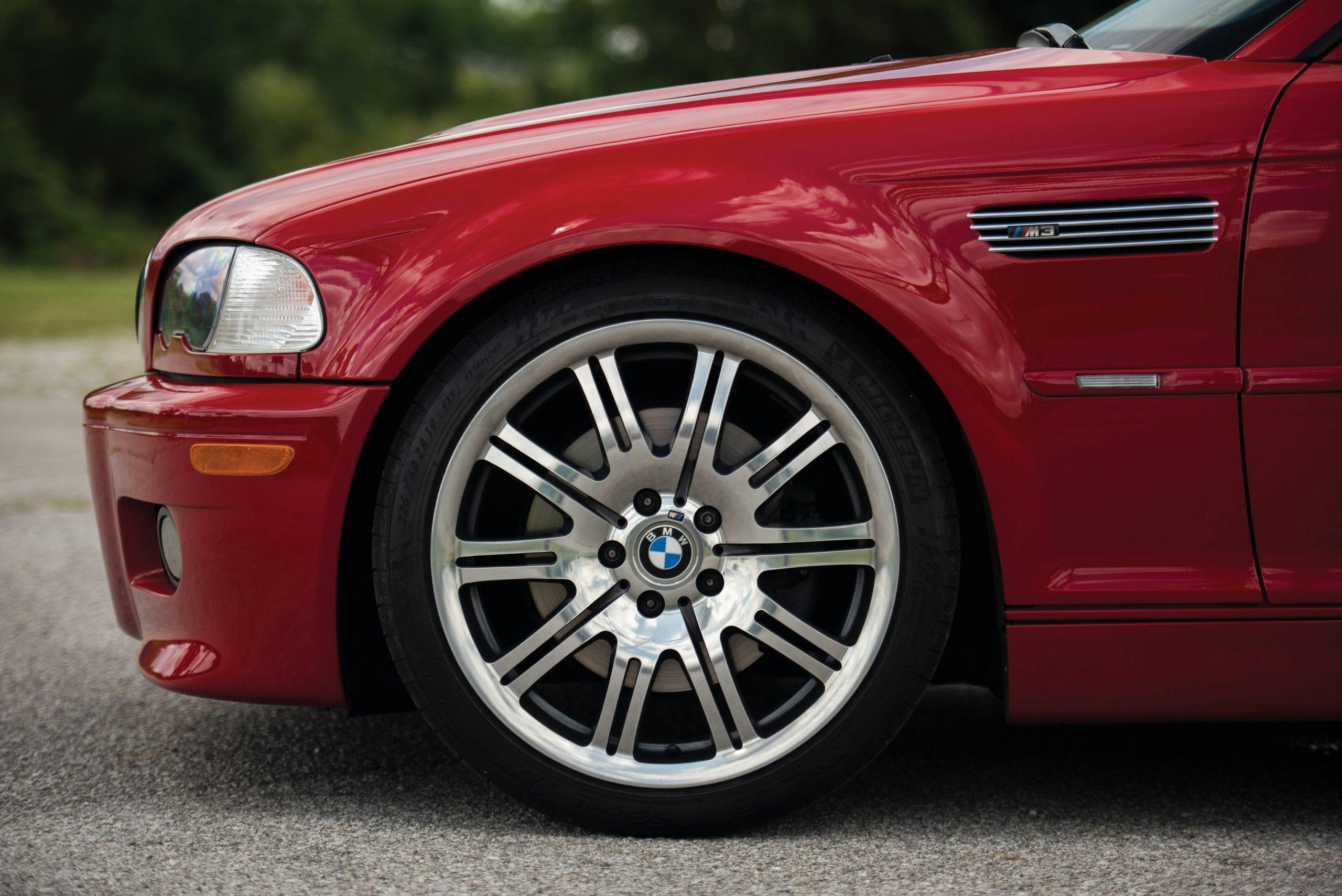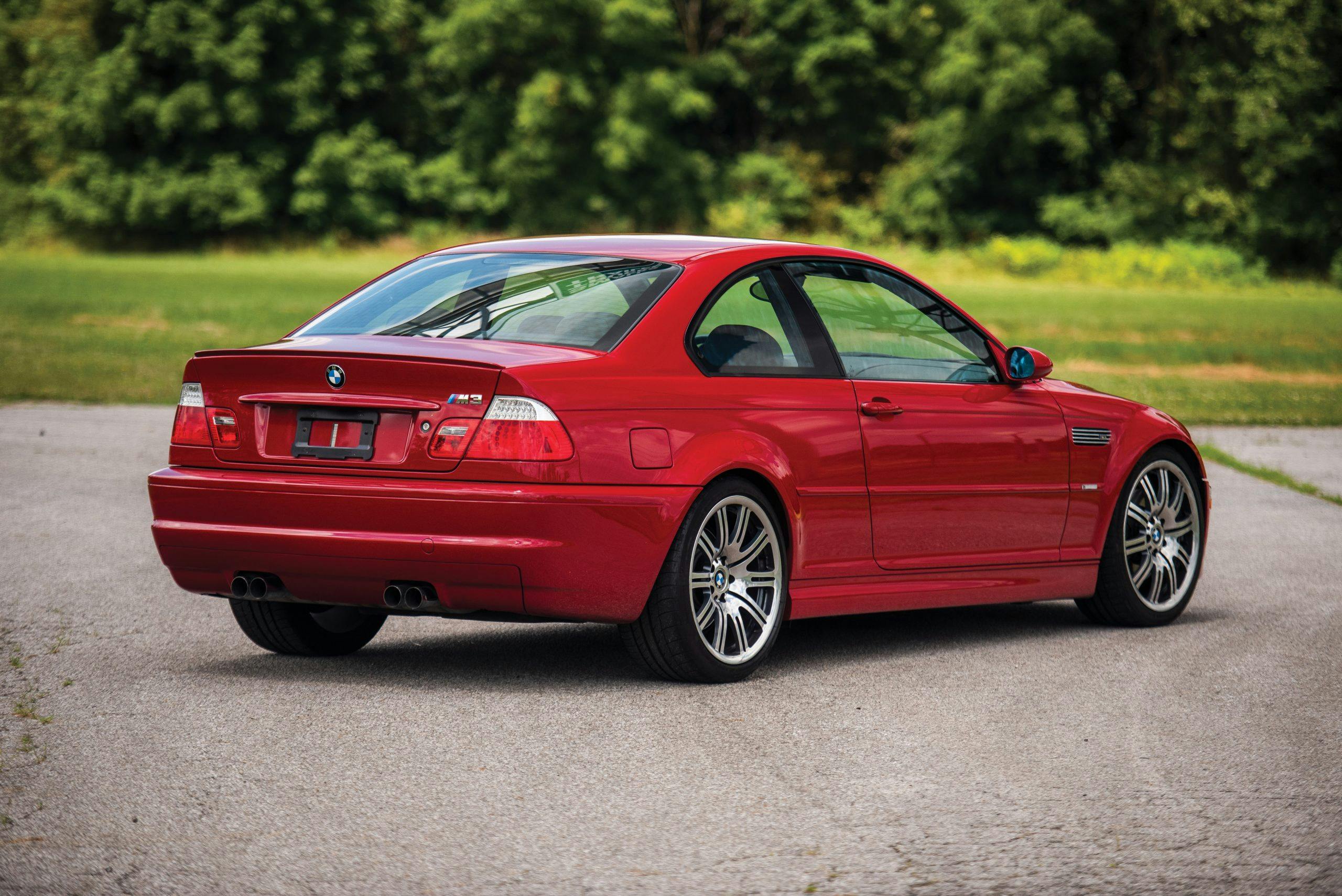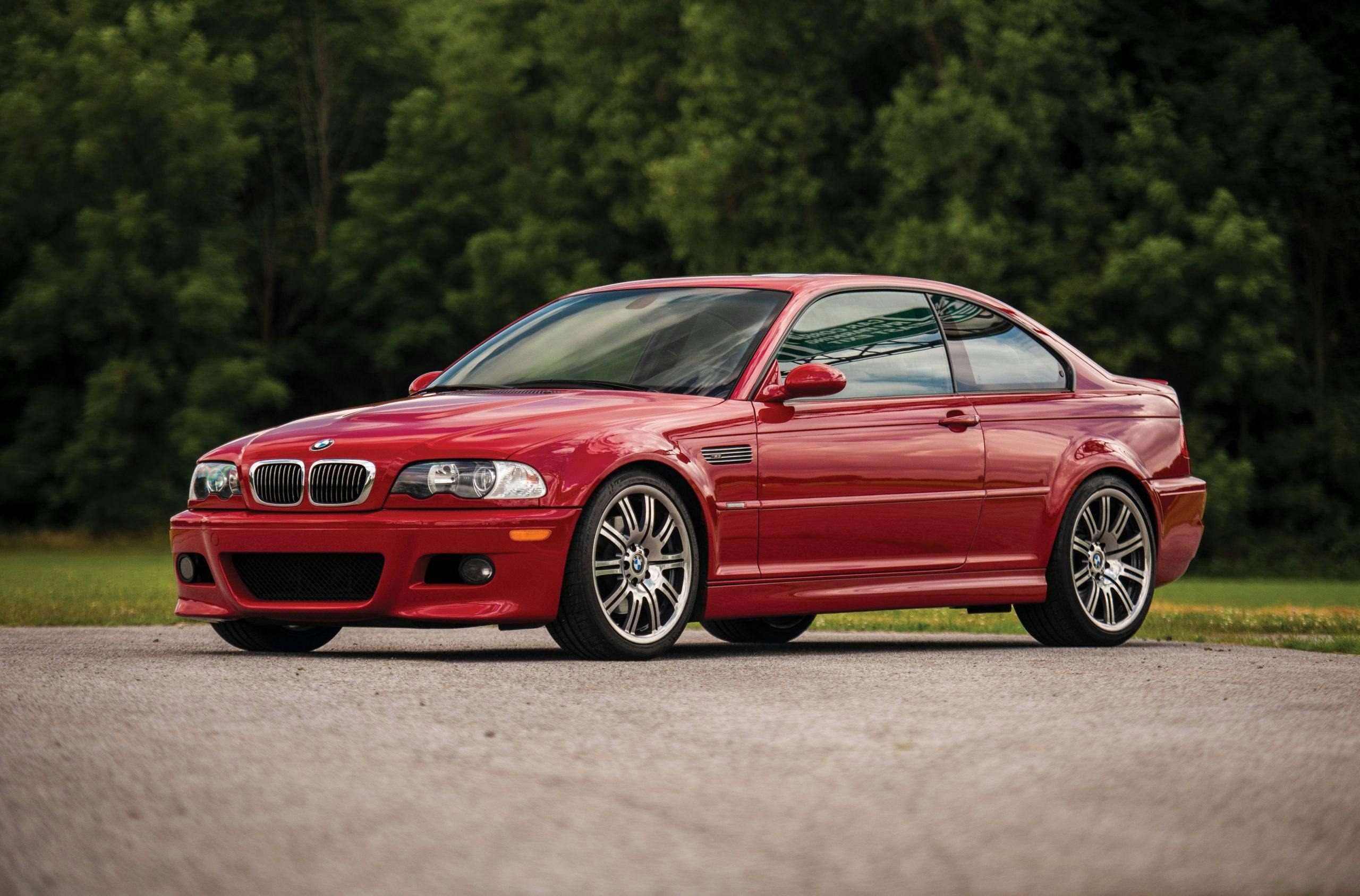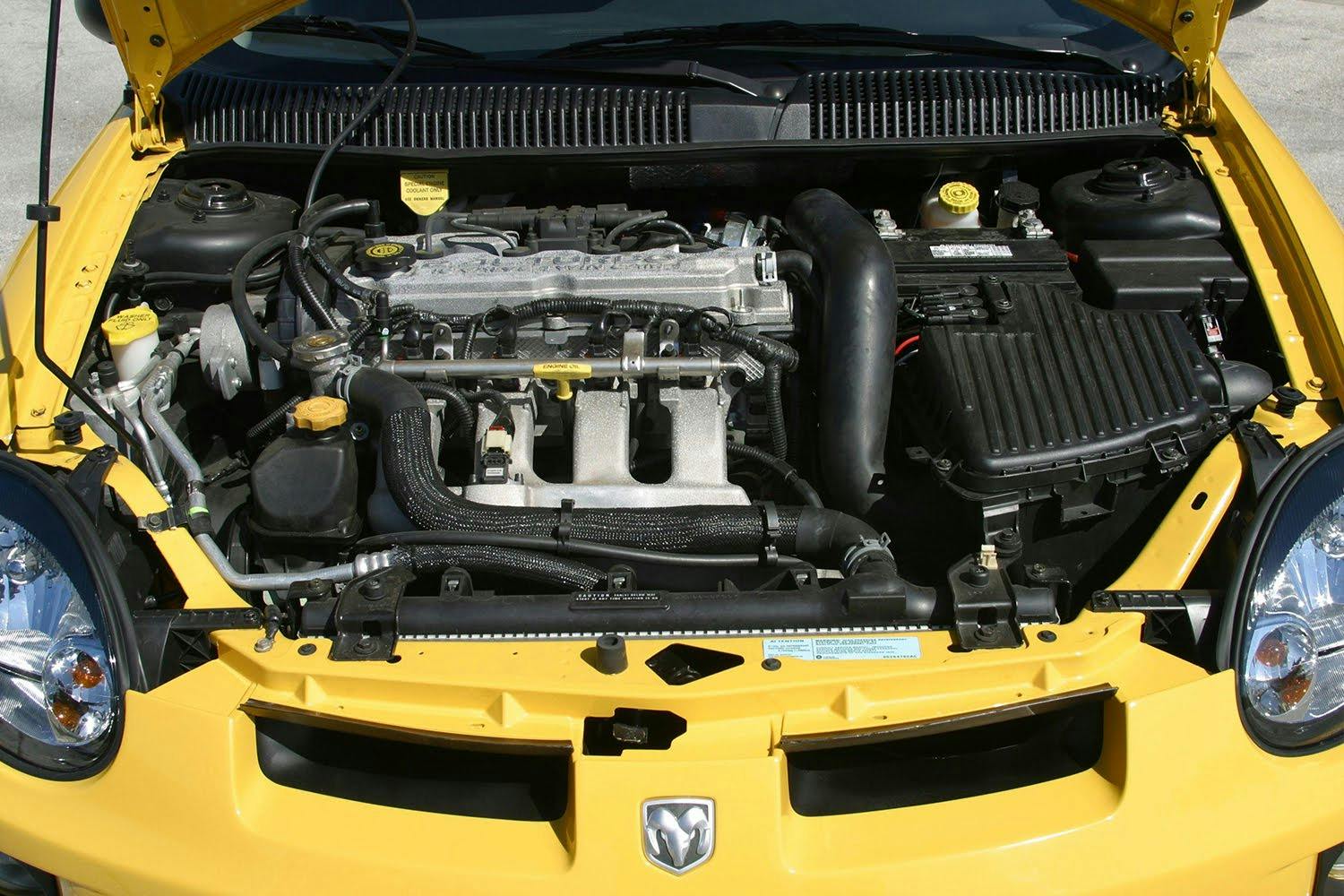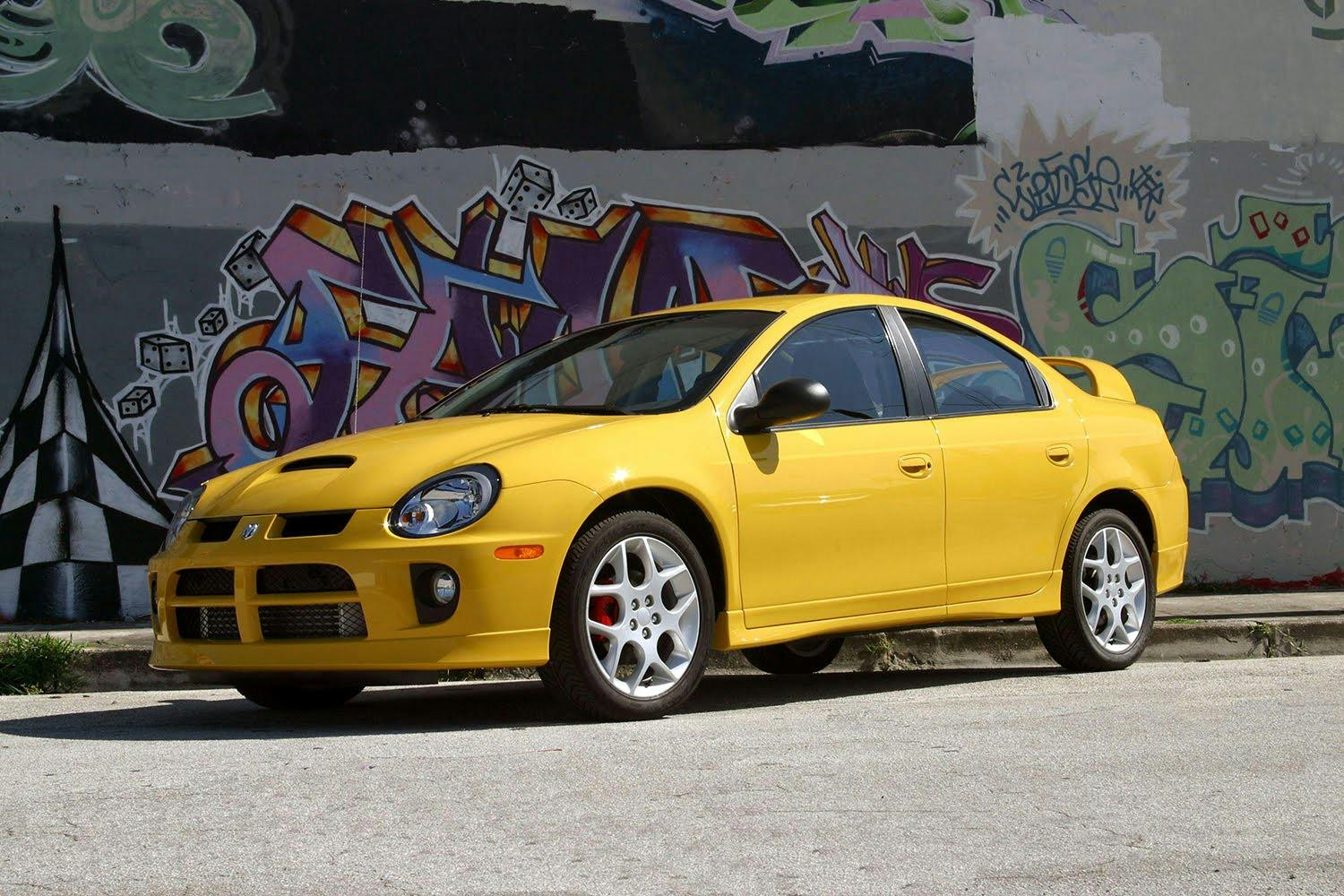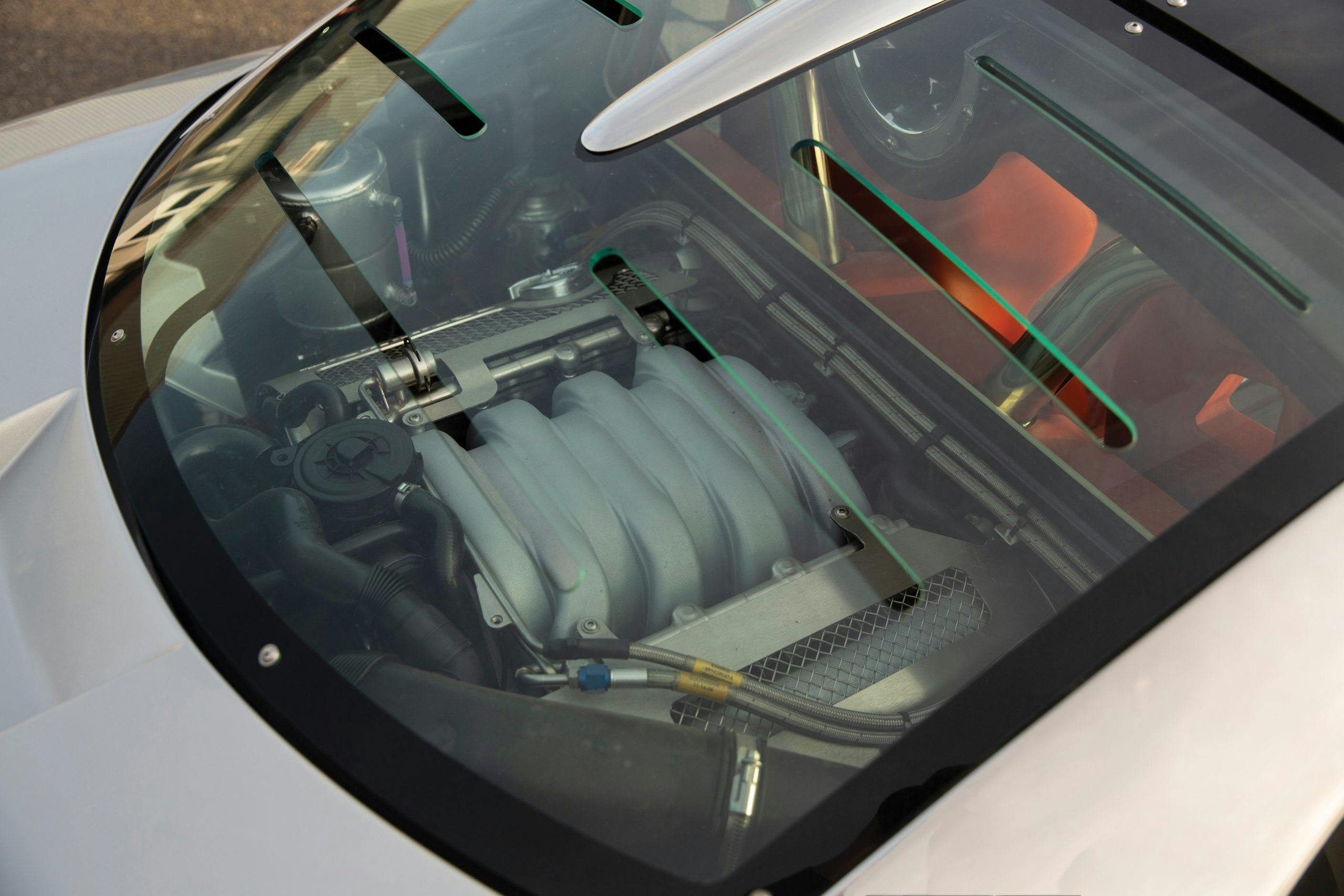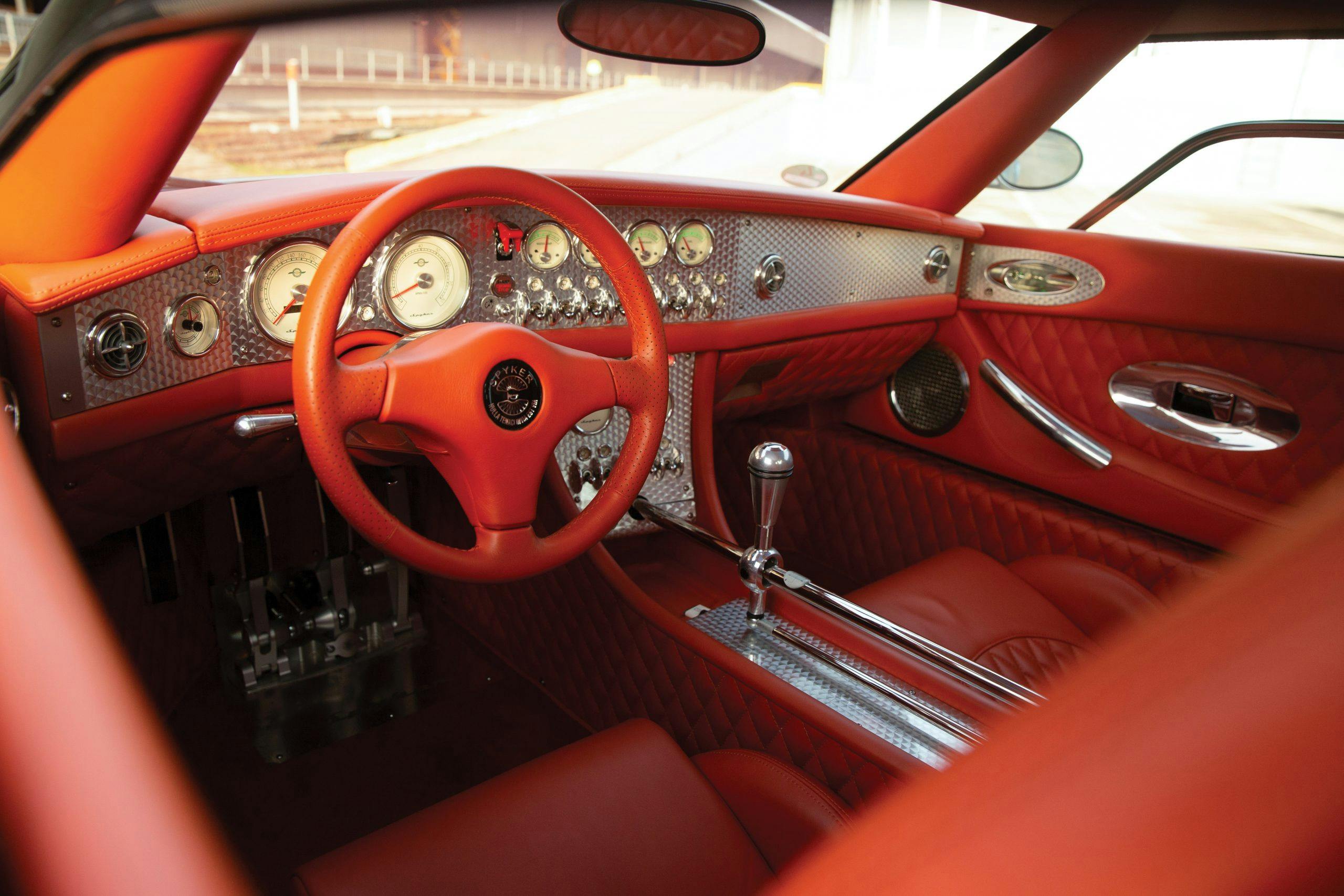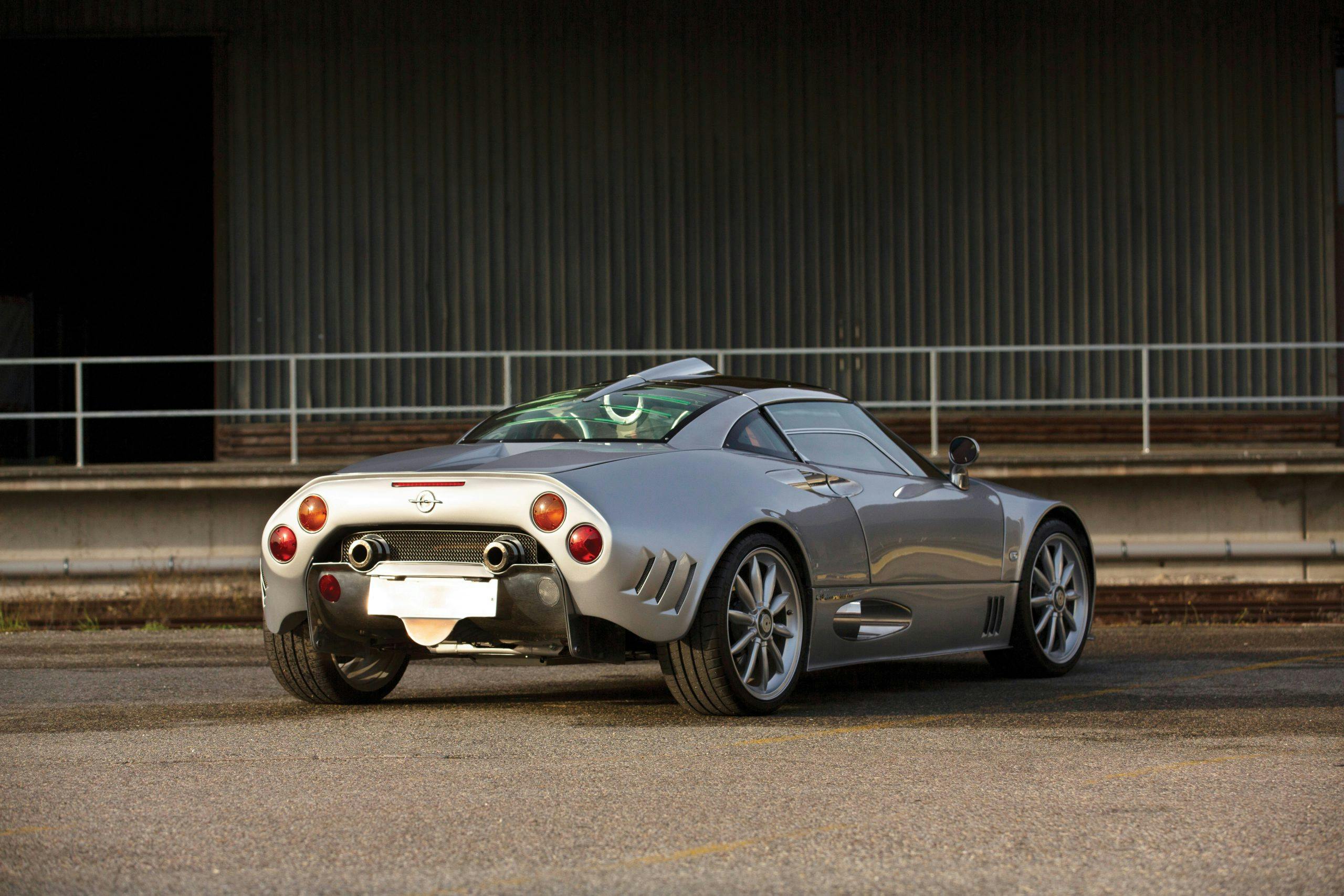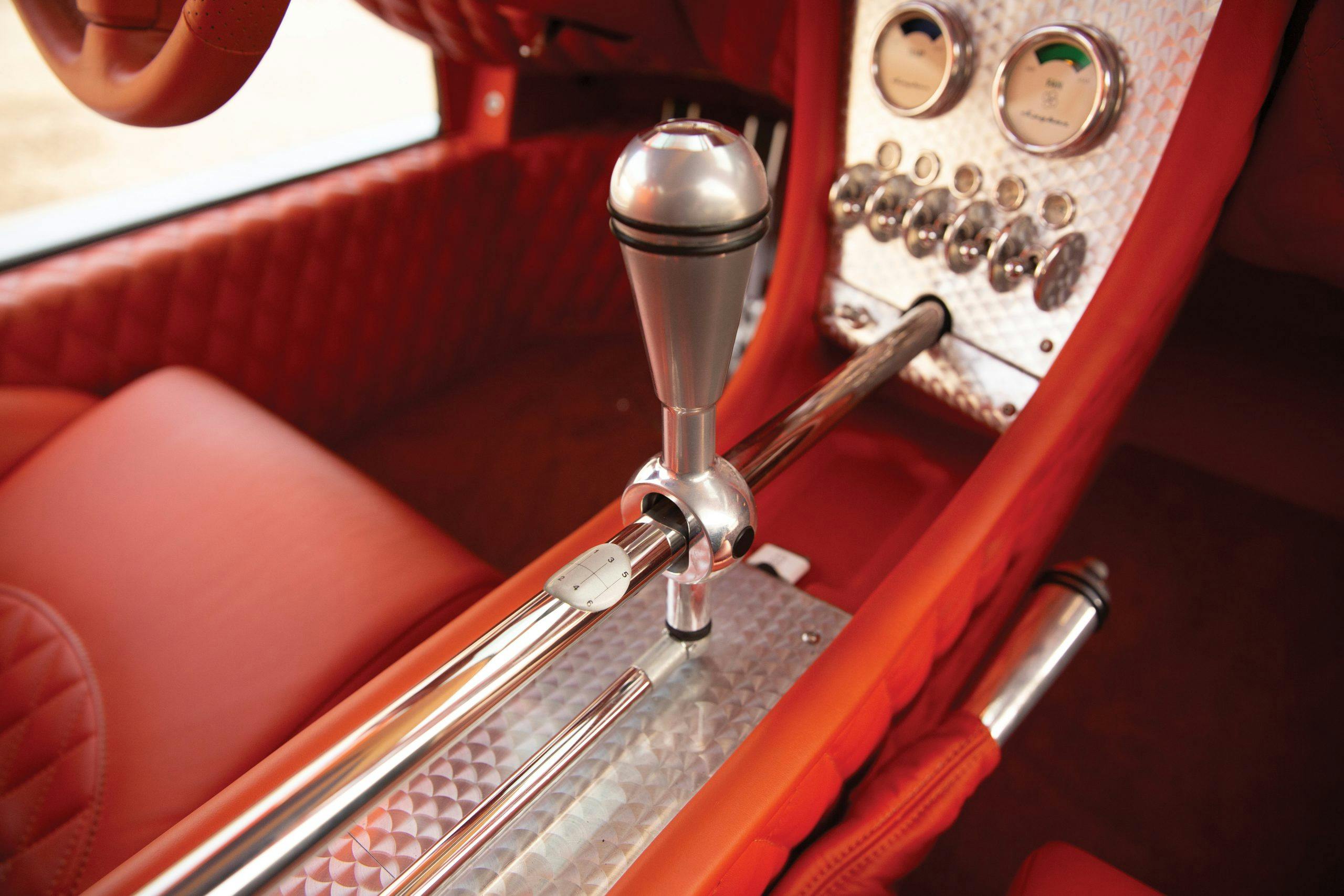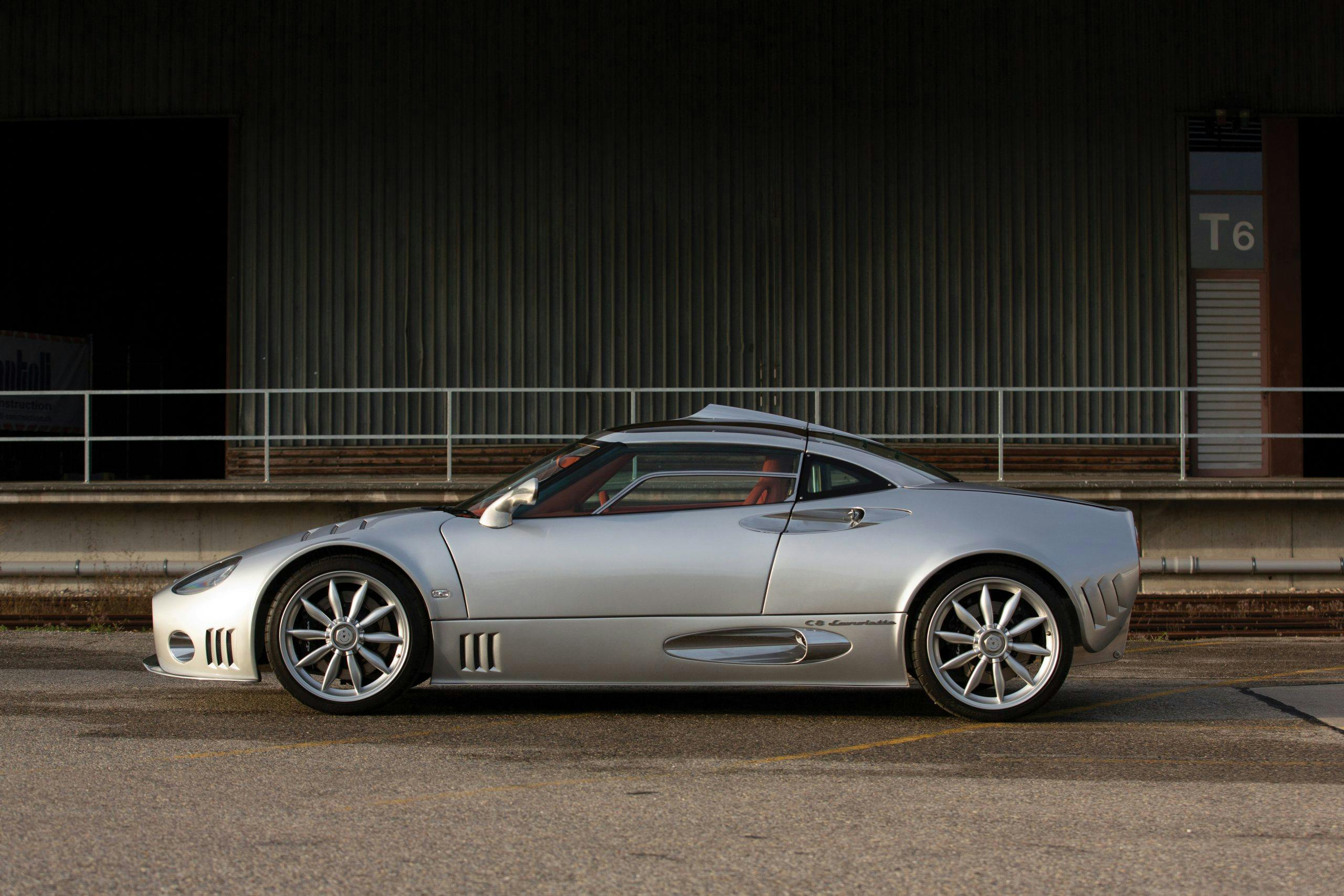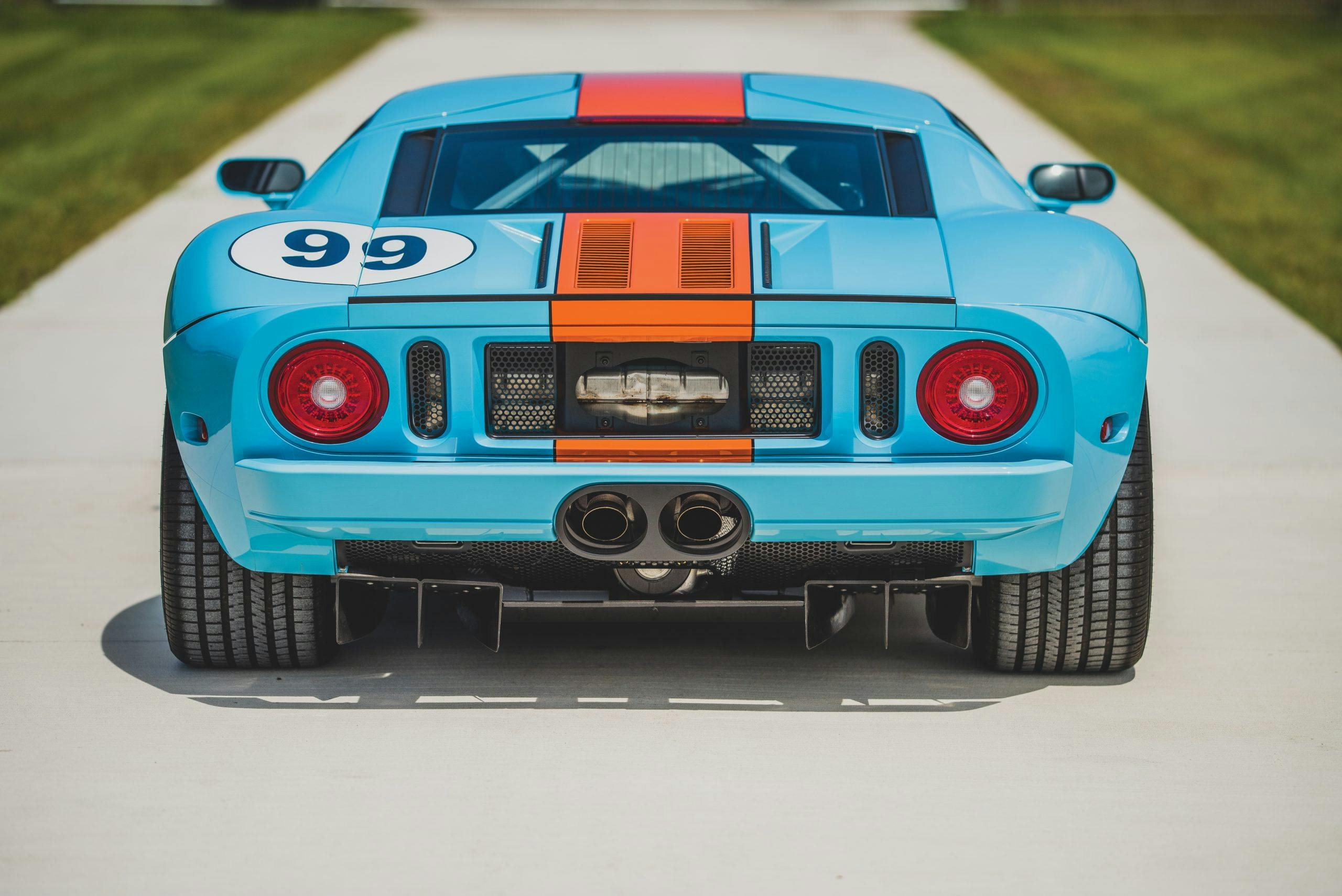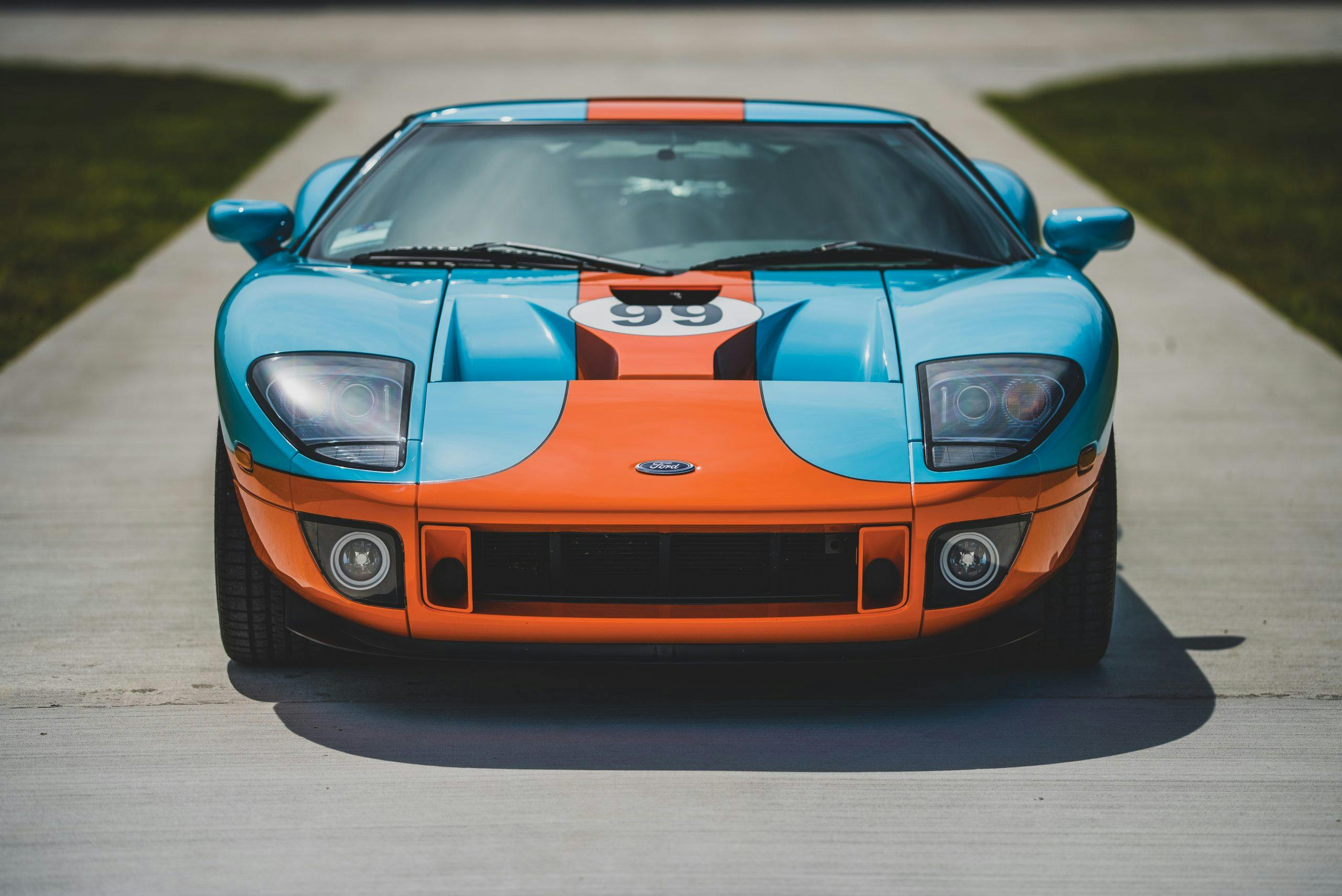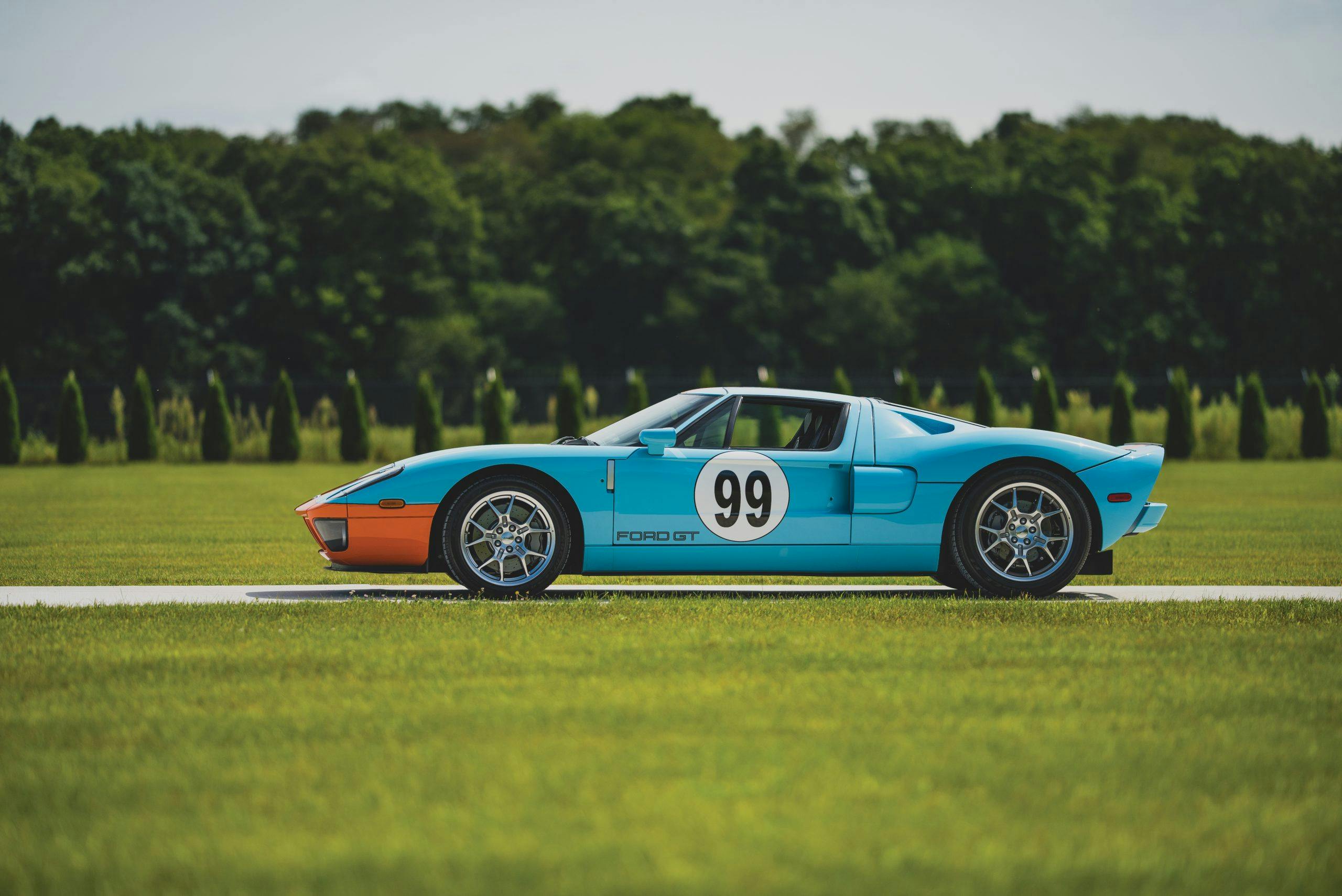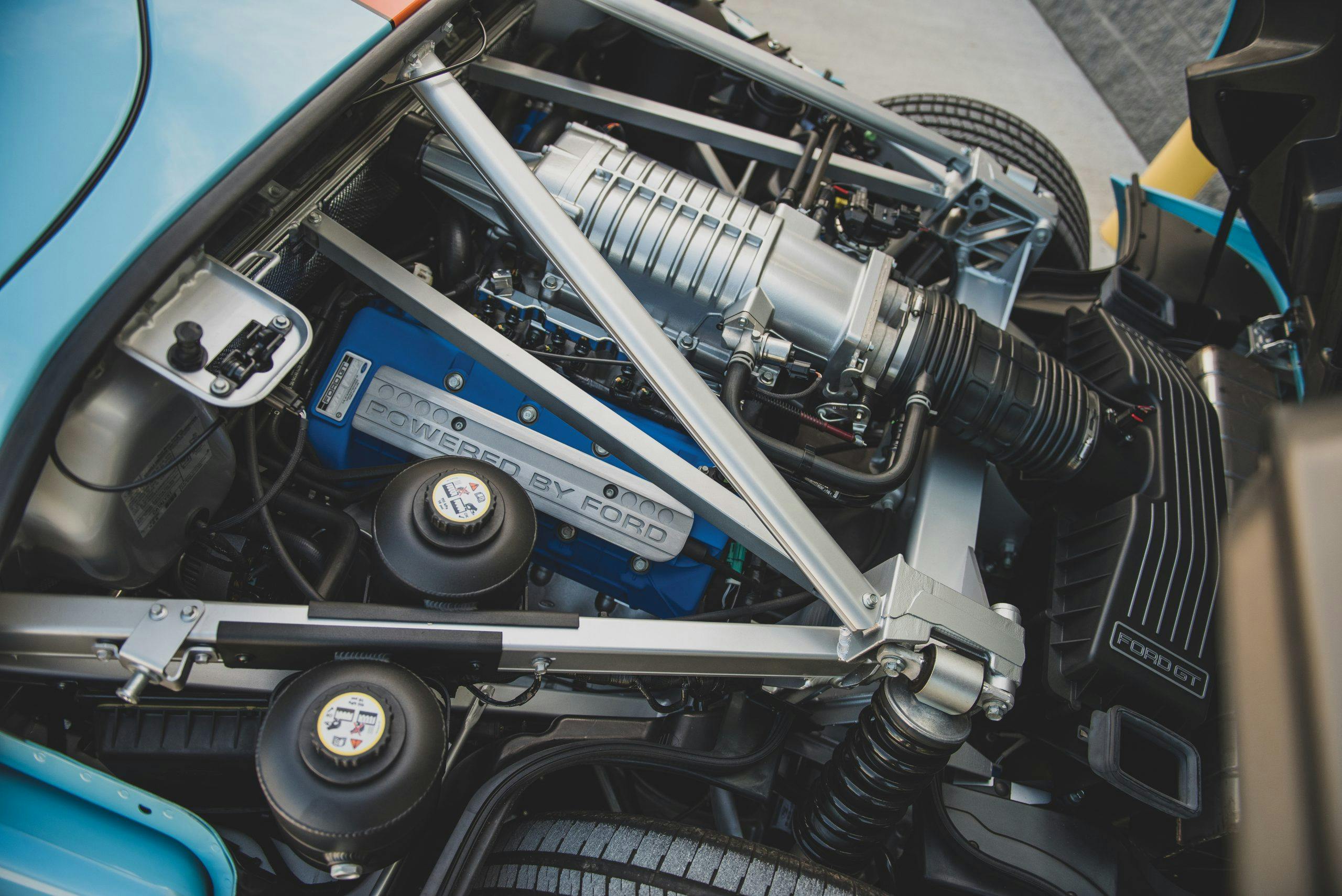Media | Articles
10 of our favorite cars from the 2000s
Hagerty’s Tiger-swap meister Brad Phillips and auction guru Andrew Newton didn’t pick their favorite 2000s-era cars based on speed … but hey, who’s complaining? In a recent livestream, two of our resident automotive experts spent an hour discussing the strengths and weaknesses of their favorite five cars from this decade. Many of vehicles Phillips and Newton choose are, as they noted, transitioning from “used car” status and carving out a space for themselves in the collector car world. That’s the fun thing about this list; you likely saw a few of these cars in a parking lot or highway this week and have some strong opinions of your own about their collector-car eligibility (or ineligibility).
Two common themes arose from Phillip’s and Newton’s picks: aftermarket support and performance value. The community surrounding most of these vehicles is strong and easily accessible, and while most are four-wheeled speed demons, these vehicles generally pack impressive performance for their price. That is, apart from two cost-is-no-object candidates that close out the list.
Peruse the list—and watch the recorded livestream again, if you so desire—and leave us your comments below.
2005–11 Lotus Elise
Hagerty Price Guide #3 (Good) condition value: $28,200
Marketplace
Buy and sell classics with confidence
Though the first versions of this sprightly coupe landed in Europe in 1996, the Lotus Elise didn’t arrive in the United States until the 2005 model year. By then the Elise was in its second series and nearly didn’t come stateside at all; its airbags didn’t comply with U.S. regulations. Thankfully, Lotus managed to get a waiver from NHTSA.
The Elise showcases the best of Lotus—razor-sharp handling, a visceral driving experience, and an accessible price—but avoids the reliability pitfalls that plague so many older models. Its aluminum chassis helps prevent rust, and owners have gotten more than 100K miles out of the Toyota Celica-sourced, DOHC four-pot. “That might not sound like a lot, but for a Lotus, that’s impressive,” Newton says.
Of course, Lotus engineers wouldn’t settle for dropping in a Toyota engine without finessing the details. They swapped in a new camshaft, reprogrammed the electronics, and tuned the exhaust for 189 horsepower. In good Chapman tradition, this engine sits in a remarkably lightweight car, so that four-cylinder doesn’t suffer from a high-strung personality. On back roads, an autocross circuit, or the track, the Lotus will reward you in spades; and though it’s no GT, you can take it on a short road trip in relative comfort.
2003–06 Mercedes-Benz E55 AMG
HPG #3 (Good) condition value: n/a
If you do want to cross the North American continent, Phillips’ first pick is a compelling candidate. When it debuted in 2003, this 469-hp four-door was the fastest sedan you could buy. Of course, stock E55 AMGs include a 155-mph top speed limiter, but numerous shops will happily help you circumvent that programming, should you have a particular runway in mind. Though he includes some healthy skepticism, Phillips remarks that he’s heard of these bruisers doing 199–205 mph with good tires and a removed speed limiter—and no other modifications.
The fun part, Phillips says, is that all this hand-built, AMG V-8 snort is hidden in a fairly subtle package. It may look like something you’d take to a weekend country club while enjoying a comfortable retirement, but this Bavarian can slam your head back on its posh leather headrest on any given highway on-ramp.
2006–13 Chevrolet Corvette (C6) Z06
HPG #3 (Good) condition value: $36,000
“I honestly can’t think of a better performance bargain than this,” Newton says of the sixth-generation Corvette Z06. This Vette follows in a strong tradition of performance on the street and on the track, bundling 427 cubic inches of naturally-aspirated, dry-sump goodness into a 3147-pound body. For under $40,000, that’s a lot of heft. Corvette engineers weren’t shy splicing in carbon-fiber with the Corvette’s fiberglass body, particularly in the floorboards and front fenders. That carbon-festooned body saves weight and boasts wider fenders, too.
“Although their #3, or Good-condition, value is $36,000,” Newton observes, “I’ve seen comparable examples for $32,000 or $33,000. The C6 Z06 is still just a used car in a lot of people’s eyes, but I don’t think they can get a lot cheaper.” Need more than 505 hp? Hop on over to Corvette performance specialists at Lingenfelter Performance Engineering and check out their supercharger kit.
1999–2005 Porsche 911 Turbo (996)
HPG #3 (Good) condition value: $39,500
A 415-hp twin-turbo monster, the 996-based Porsche 911 Turbo marks an inflection point in Porsche history. It’s the first water-cooled turbocharged engine from Stuttgart, and though Phillips acknowledges that the 959 did have watercooled heads, this 911 Turbo’s 3.6-liter flat-six relied eschewed air-cooling entirely. However, with its all-wheel drive and (if you checked the box) six-speed manual, the 996-gen traces its performance roots back to that turn-of-the-’90s supercar. While 415 German-bred horses is nothing to sneeze at, Porsche didn’t stop there; the X-50 performance package blessed your 911 with bigger turbos and a screaming 450 hp.
In the used market, those X-50-equipped cars carry an impressive premium: about $6500 over their “regular” Turbo siblings (using #3-condition, 2002 model year vehicles as a comparison). At $39,500 for this all-wheel-drive, turbocharged beast, however, the 996-gen 911 Turbo is an incredible deal.
2000–09 Honda S2000
HPG #3 (Good) condition value: $15,300
The only car whose entire production run falls in the 2000s (the E46 3 Series predated the M3 model and began production in the late ’90s), this petite roadster reflects the same philosophy as its much-bigger brother, the NSX. “Honda took a concept—here, the small, front-engine roadster—and distilled it into something really great, with no compromise,” Newton says.
Then and now, S2000 slotted above its Japanese compatriot, the Mazda Miata, in price; in its day, it could compete with the Porsche Boxster and BMW’s Z3 and Z4. Honda engineers made sure the S2000 could do everything the Germans did—and then some. The S2000 was equally well-balanced and far cheaper; in addition, its F20 VTEC four-cylinder boasted bullet-proof reliability and an addictive, soaring redline that soared well above 8000 rpm. These naturally-aspirated four-pots didn’t even make peak power until 8300—Phillips points out how fun they are to drive, since the engine loves the higher rev ranges. Earlier models (2000–03) screamed all the way up to 9000 rpm, and are slightly more desirable than the later models (2004–09), which received a slight facelift and marginally lower redline. Still, both pre- and post-facelift cars carry #3 (Good) condition values between $15,000–$16,000. There’s serious fun-per-dollar.
1999–2005 Ferrari 360
HPG #3 (Good) condition value: $75,500
“I tend to prefer earlier iterations of the V-8 Ferraris,” Phillips admits, “but as time goes on, I like these 360s even more than I did when they were new.” He adds that the 360 Modena, though it boasts Ferrari V-8 power, is more livable than the 355 and does without many old Ferrari idiosyncrasies. Maintenance, while steep, doesn’t require engine-out service to change the belts.
If you’ve got your heart set on a more modern Ferrari with a gated manual, the 360’s also a logical choice. The majority of examples have automatic gearboxes, Newton says, but he agrees that the 360 is one of the last Ferraris that’s readily available in the used market with a manual. Either way you choose, that V-8 will run happily up to 8700 rpm and grant you 400 raucous horsepower. These cars have crested the depreciation curve and are on their way up—aggressively enough that they earned a place on our 2020 Bull Market List. Though driver-condition 360s are now pushing the $70K mark, they remain one of the most accessible avenues into Prancing Horse ownership.
2000–06 BMW M3 (E46)
HPG #3 (Good) condition value: $23,100
The last M3 with a naturally aspirated straight-six, the star of the E46-generation is hard not to love. Later generations packed V-8 muscle, but the S54 motor is arguably a bit more pure when it comes to Munich tradition. It’s old enough—and simple enough—that you can still do a decent amount of work from your own garage, too. “It’s pretty, but there’s nothing fussy or extravagant about it,” Newton says.
Phillips points out the robust camaraderie in the BMW Club of America. From autocross to concours to rallies, this well-organized community grants you a plethora of opportunities to engage with like-minded owners. Events aren’t the only benefit of a club, though; the relationships you build may well keep you sane when events are canceled, as in the COVID-19 era, or offer critical advice on a frustrating DIY job. At just a tick over 23 grand for a well-used M3, the E46 is a worthy entry point, too.
2003–06 Dodge Neon SRT-4
HPG #3 (Good) condition value: n/a
“I had to get a little weird,” Phillips says when this Skittle-colored Detroit compact appears on the screen. The 230-hp, boosted Neon is the product of “the most traditional way a car company could research a car,” Phillips says. After seeing all the wildly tuned compacts at SEMA around the turn of the millennium, Dodge engineers decided to head back to Michigan and beat the tuners at their own game. “There’s gallantry in that,” Phillips says.
There’s a smattering of Viper philosophy in the SRT-4, too, since the same designer had a hand in this bite-size performance nugget. (That hood scoop look familiar?) The Neon SRT-4 packed a deadly combination of attributes: cheap, fast, and easy to modify. Of course, that screaming deal didn’t mean the Dodge spoiled buyers along the way. Rear passengers had to crank their own windows, and if it looks like engineers simply drilled a hole in the dash and poked in a boost gauge—well, that’s exactly what happened.
Good luck finding an unmodified example, however; 15-or-so years later, a stock Neon SRT-4 is virtually a unicorn.
2000–09 Spyker C8 Laviolette
HPG #3 (Good) condition value: n/a
Newton’s final candidate challenges Phillips’ hotted-up Neon for weird-factor, but it hails from a different price range … or, rather, galaxy. These eccentric Dutch cars, which bear an uncanny resemblance to catfish, trade well into the six figures. Power comes from an Audi V-8, but the real magic of these cars are in their interior details: an exposed aluminum shift linkage, airplane-style glowing gauges, and a dash that echoes pre-war, engined-turned components. Unsurprisingly, these cars were meant to make a statement, rather than beat contemporary Koenigseggs or Bugattis. The particular Spyker shown is a Laviolette, differentiating it from the original Spyder model.
2005–06 Ford GT
HPG #3 (Good) condition value: $266,000
Phillips’ top-dollar, 2000s-era pick is the 550-hp, supercharged Ford GT, which could roar all the way to 205 in stock form. Of course, rarely do owners exercise that opportunity—a shame?—and most of the examples on the market have absurdly low miles. The Heritage edition cars, in particular, are tucked away in collectors’ garages. Indeed, it’s unlikely that there are many #3 (Good) condition examples roaming the streets, since so many have been treated with kid gloves and preserved in #2 (Excellent) or #1 (Concours) condition instead.
One of Phillips’ favorite features is the ingenious design of the 2000s-era Ford GT’s gas tank. The original held fuel in big bladder tanks mounted in the sills and, for obvious road safety reasons, that wouldn’t do. So Ford engineers put all the guts of the gas system—pumps, hoses, and all—into the car’s central tunnel and pumped in a hydroforming plastic that they inflated to fit in the spine of the car.
Did your favorite car make the list? Let us know!
